FiiO M11 Plus Review

FiiO M11 Plus Review
Introduction:
I am sure that many audiophiles do remember that FiiO released last year the M11 Plus LTD with the AK4497*2 Dual DAC chipset, but since the fire outbreak in AKM’s factory the quantity of any AKM DAC chip is very limited on the market. However, FiiO promised that they do plan to release a M11 Plus with ESS Saber DAC chip in 2022.
The M11 Plus that I will now review for you comes with the latest ESS chipset, that utilizes two ES9068AS DAC’s (Digital to Analog Converter), which do offer an audible performance improvement over its AKM model with better SNR and THD+N values.
The M11 Plus offers also some other remarkable specs like the Snapdragon 660 Octa-Core SoC, THX AAA-78 Amp Module, 5.5” 18:9 bezel-less touch screen 2.5mm & 4.4mm Balanced outs, MQA 8x decoding, Two-way Bluetooth Transmission with LDAC support and many more.

Disclaimer:
I would like to thank FiiO for providing me the M11 Plus as review sample. I am not affiliated with FiiO beyond this review and these words reflect my true and unaltered, opinions about the product.
Price & Availability:
The actual price for the FiiO M11 Plus is 699.99 US$. More information’s can be found under the link below;
Package and Accessories:
The FiiO M11 Plus came inside a black box with FiiO branding on the top, which is wrapped with a fancy looking cardboard sleeve that displays the companies new package design. The cardboard sleeve has a black background and shows the illustration of the M11 Plus and some product related brandings on its surface that do have a nice iridescent effect.

This box is containing the following items/accessories;
- 1 x FiiO M11 Plus Digital Audio Player
- 1 x USB 3.0 Type-C to Type A Charging/Data Cable
- 1 x Coaxial Cable
- 1 x Micro SD Card Slot Removing Tool
- 1 x Leather Case
- 1 x Quick Start Guide
- 1 x Warranty Card
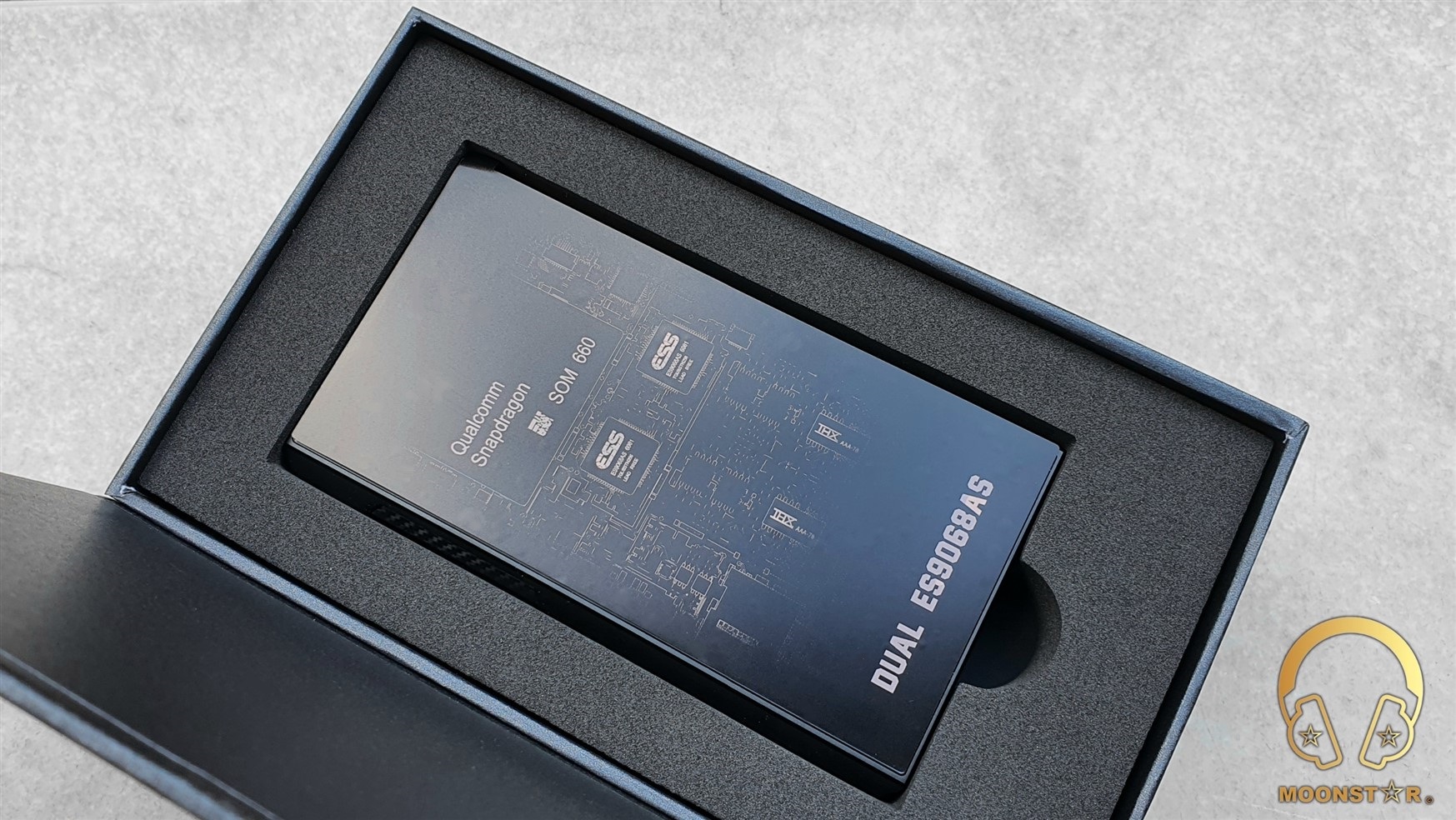
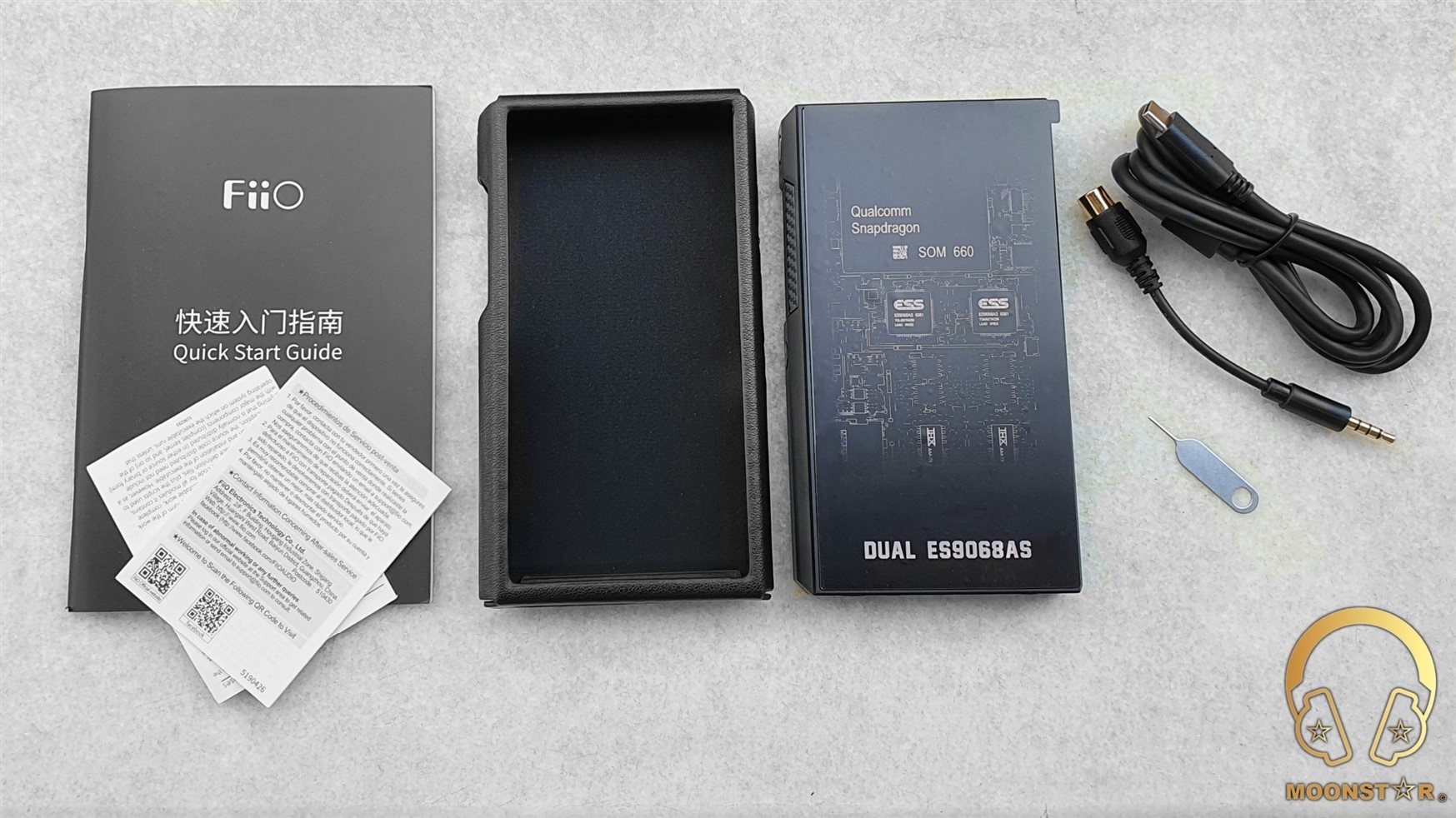
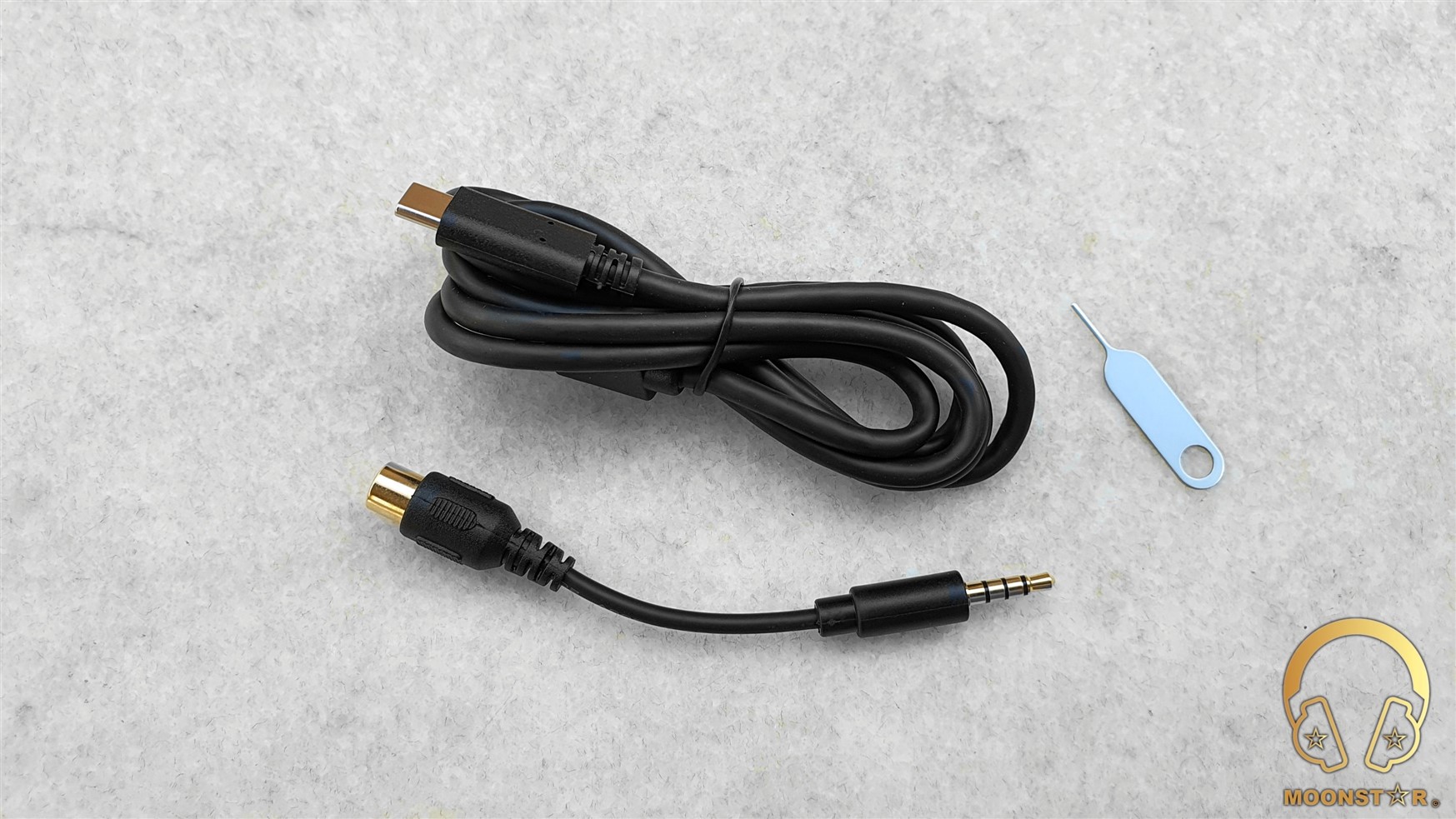

Design & Build Quality:
The M11 Plus adopts FiiO’s 6th Generation Honeycomb design, which stands out with Hexagonal design elements with aggressive edges that gives the device nice futuristic and premium looking appearance.
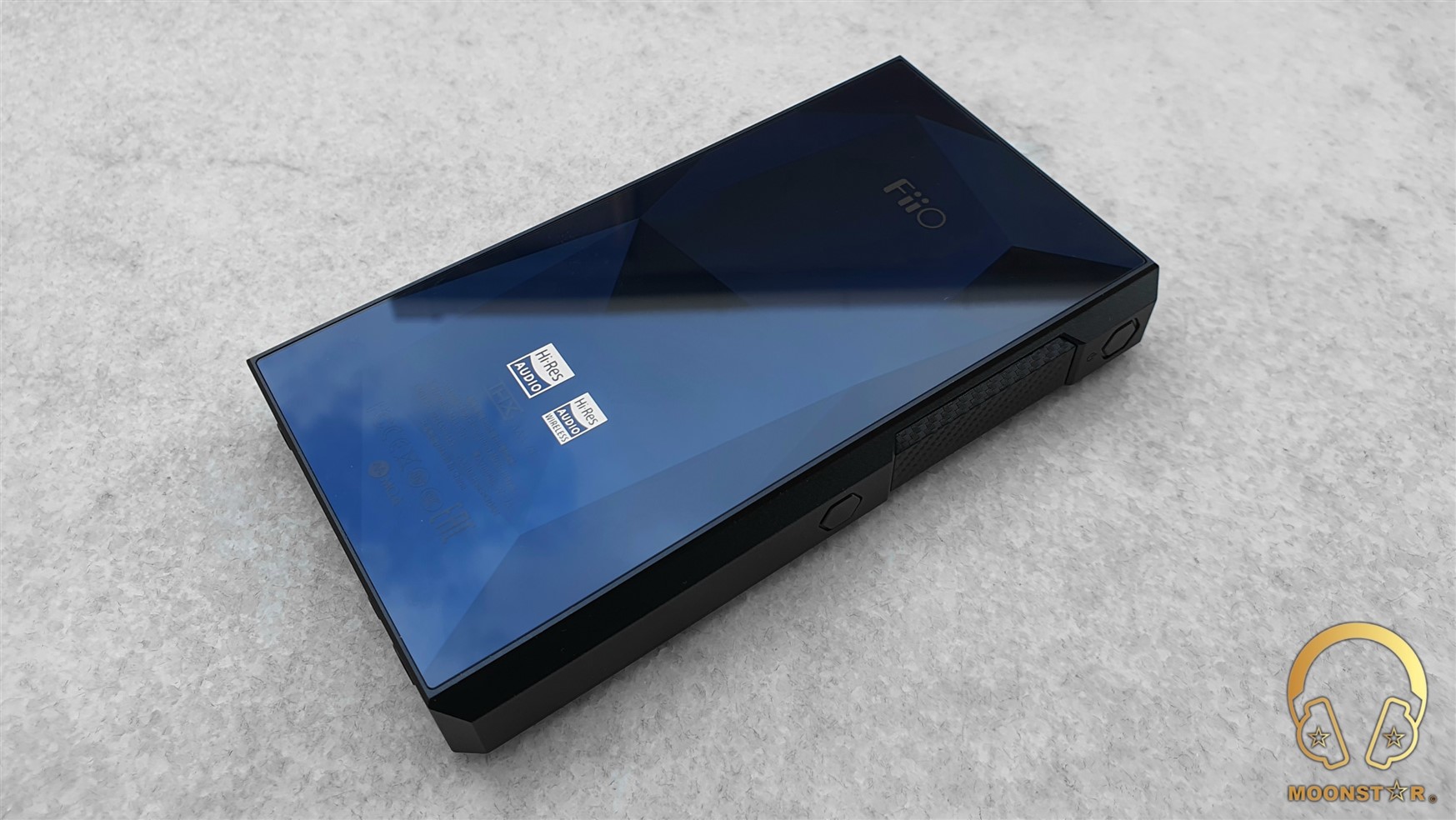
The M11 Plus has dimensions of 136.6×75.7×17.6mm and weights about 295grams, which gives you immediately an impression that you hold something solid and of high quality in your hands.
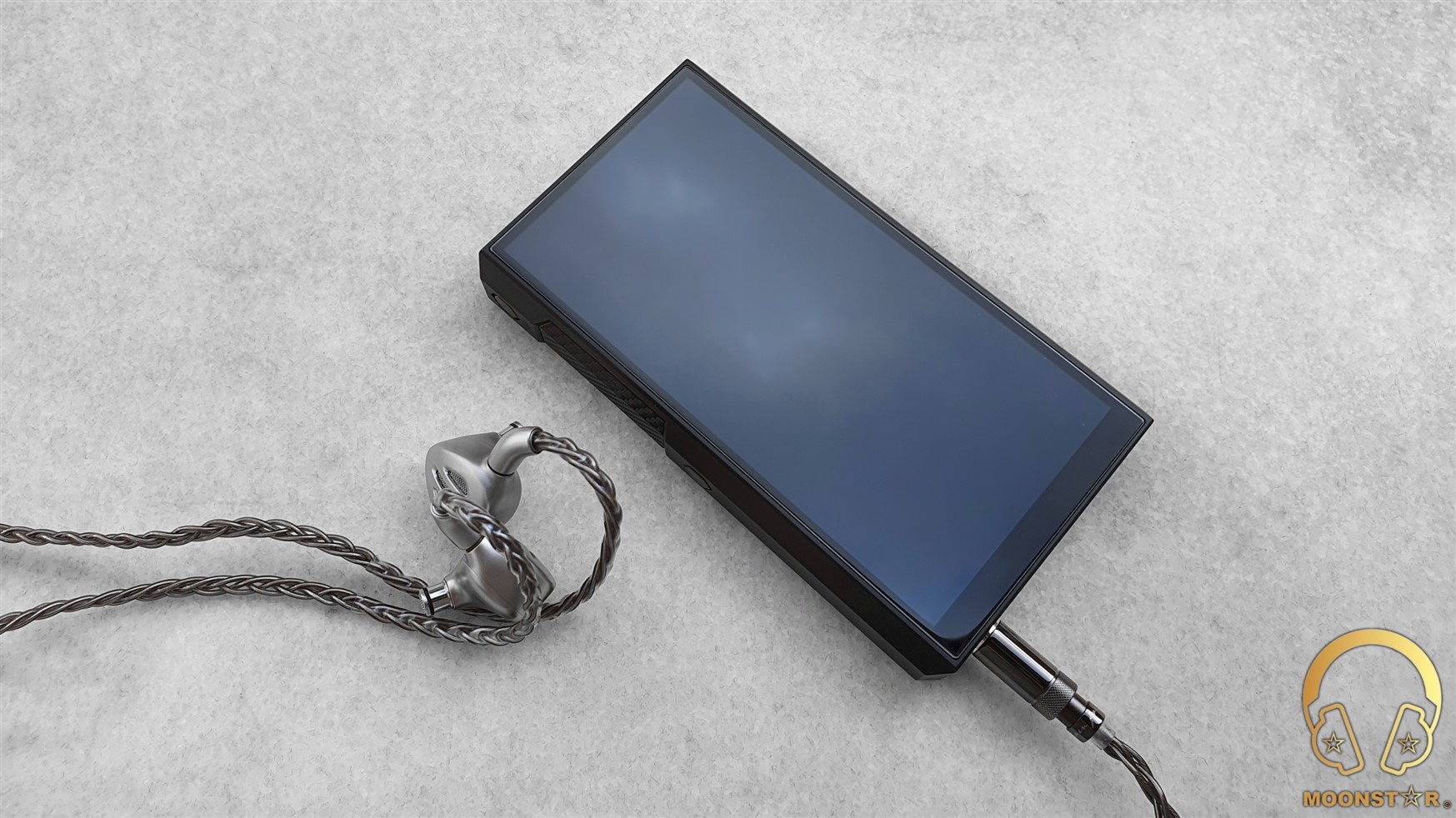
On the front of the device is a gorgeous looking 5.5’’ 18:9 touch screen with a resolution of 720*1440. The display shows a decent screen to body, which comes with a pre-installed glass screen protector that has soft edges with a 2.5D design.
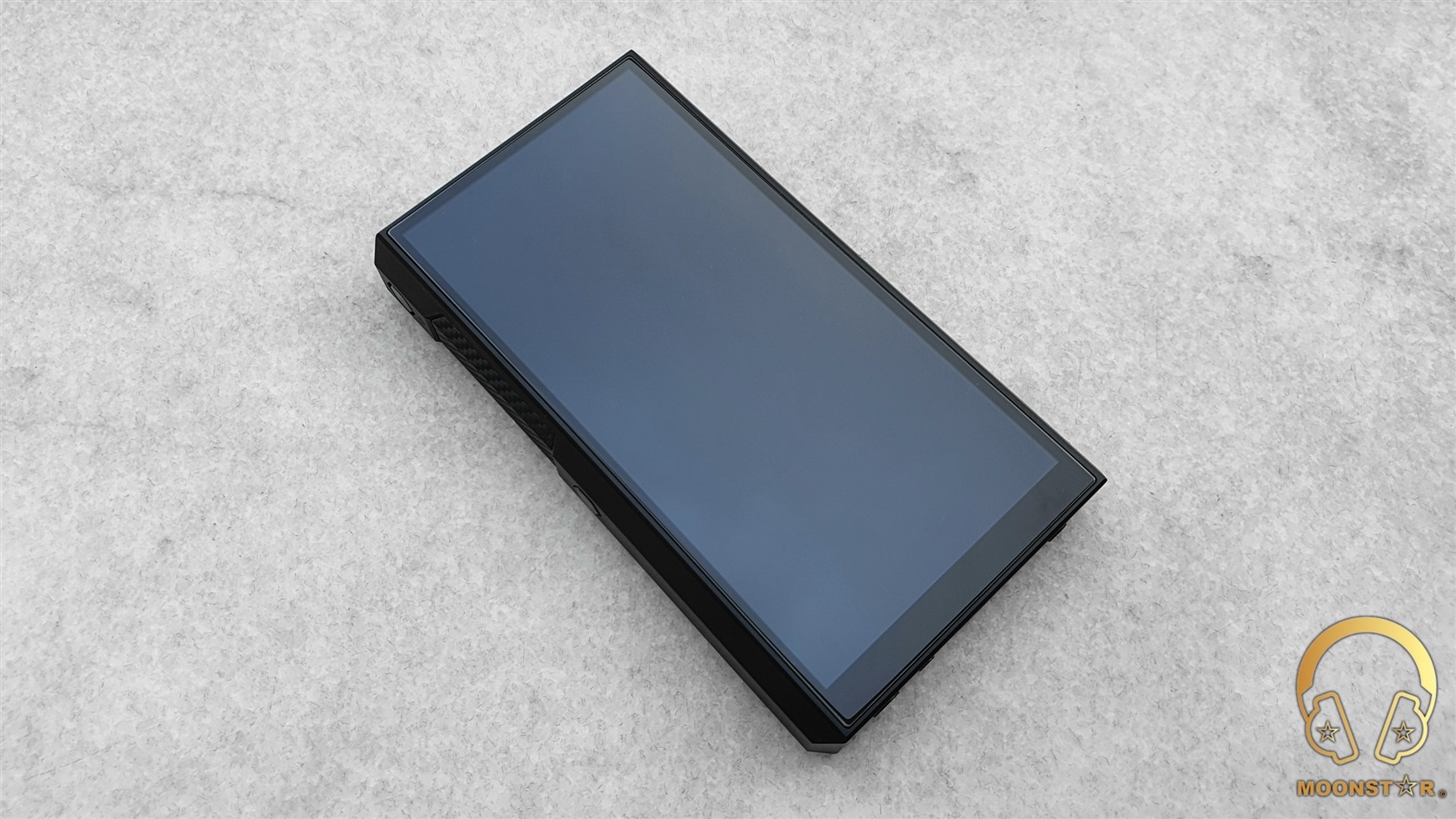
At bottom of the device is the area with many Analog & Digital interface, which features the 4.4mm (TRRRS) & 2.5mm (TRRS) Balanced outputs that do share lineout functions. Here is also a USB Type-C port that utilizes Digital Out, Data (File Transfers) and Charging functions.
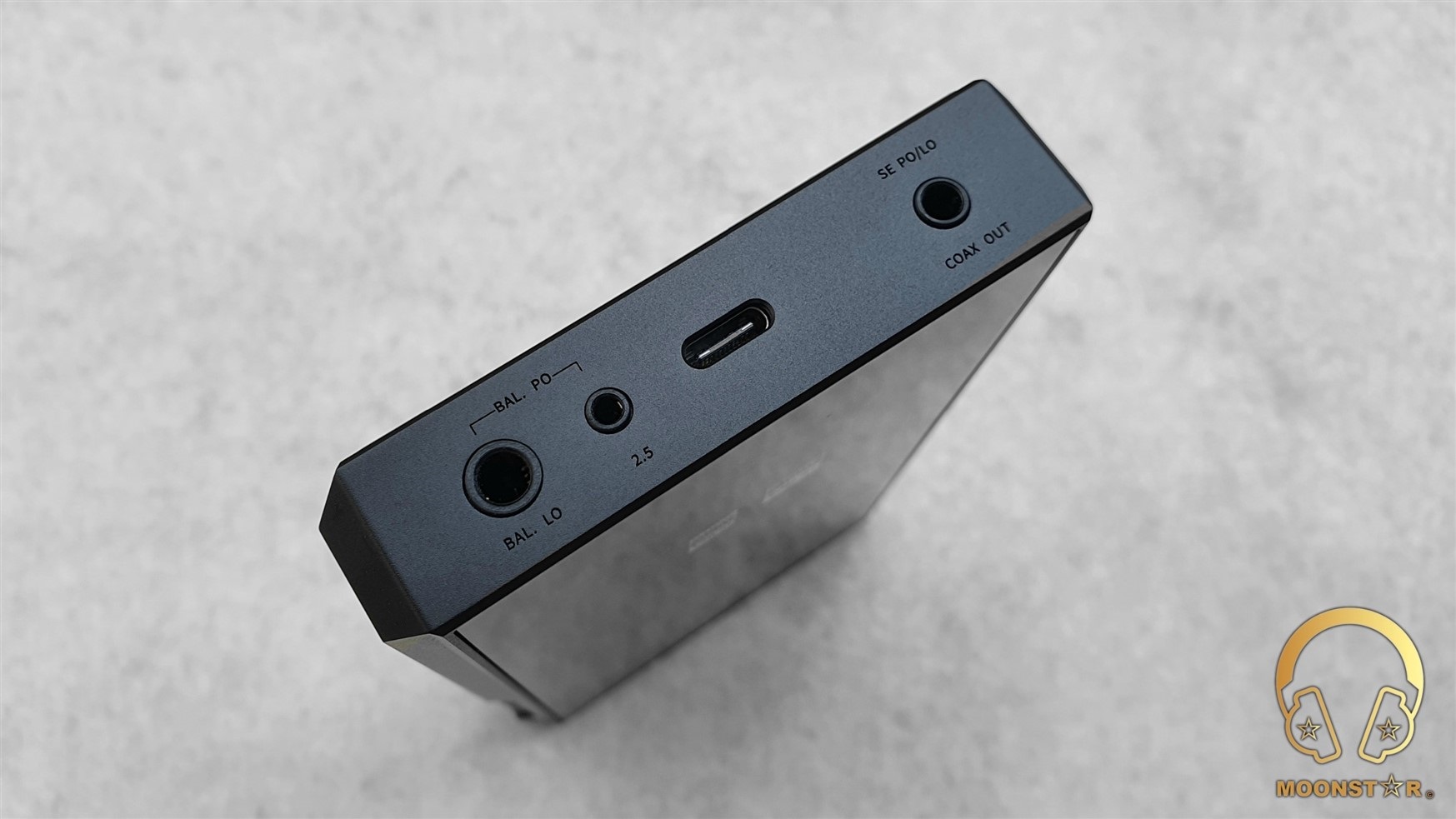
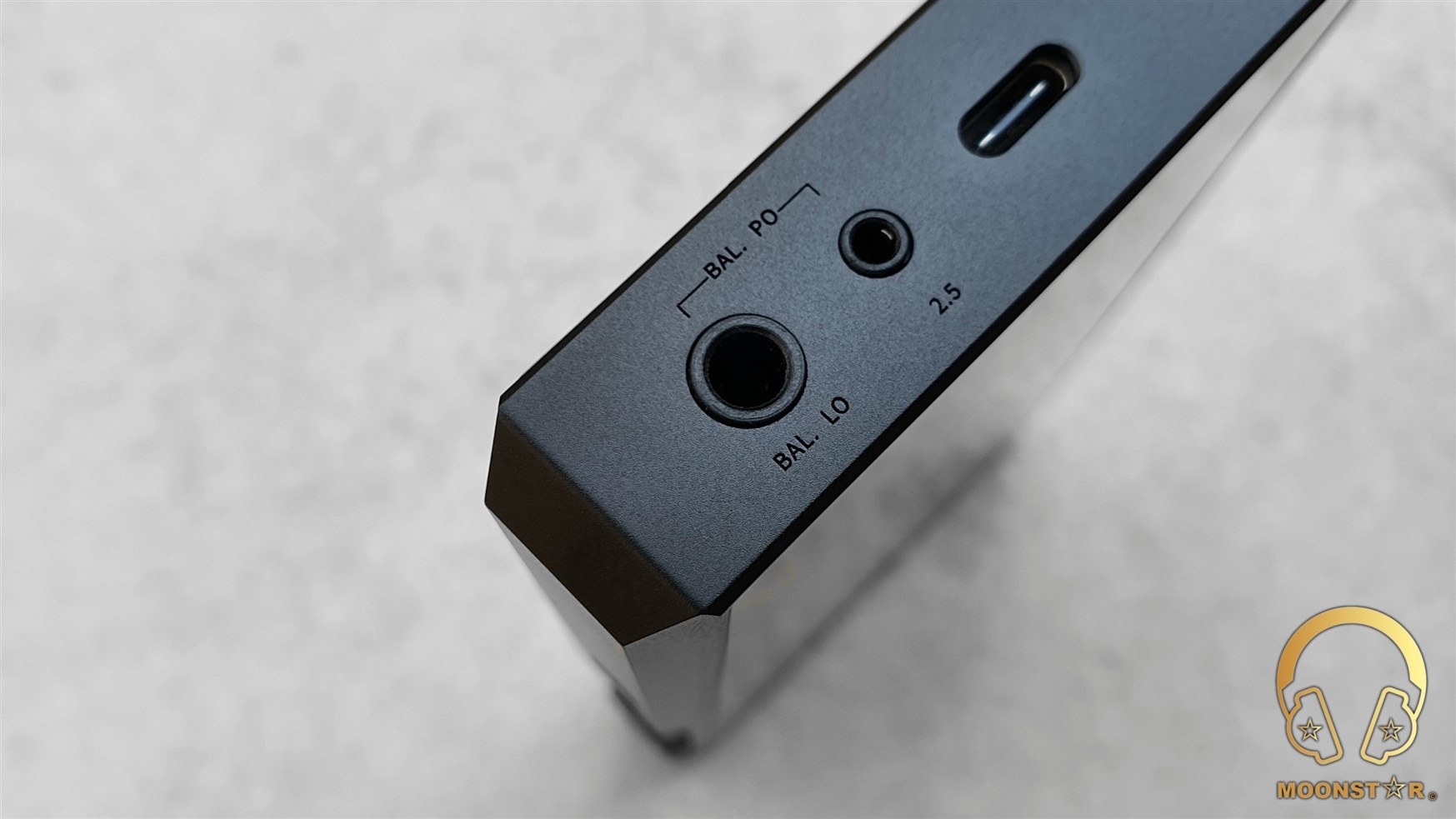
Another Analog output is the 3.5mm Single Ended headphone port that shares Phone Out, Line Out and SPDIF outputs.
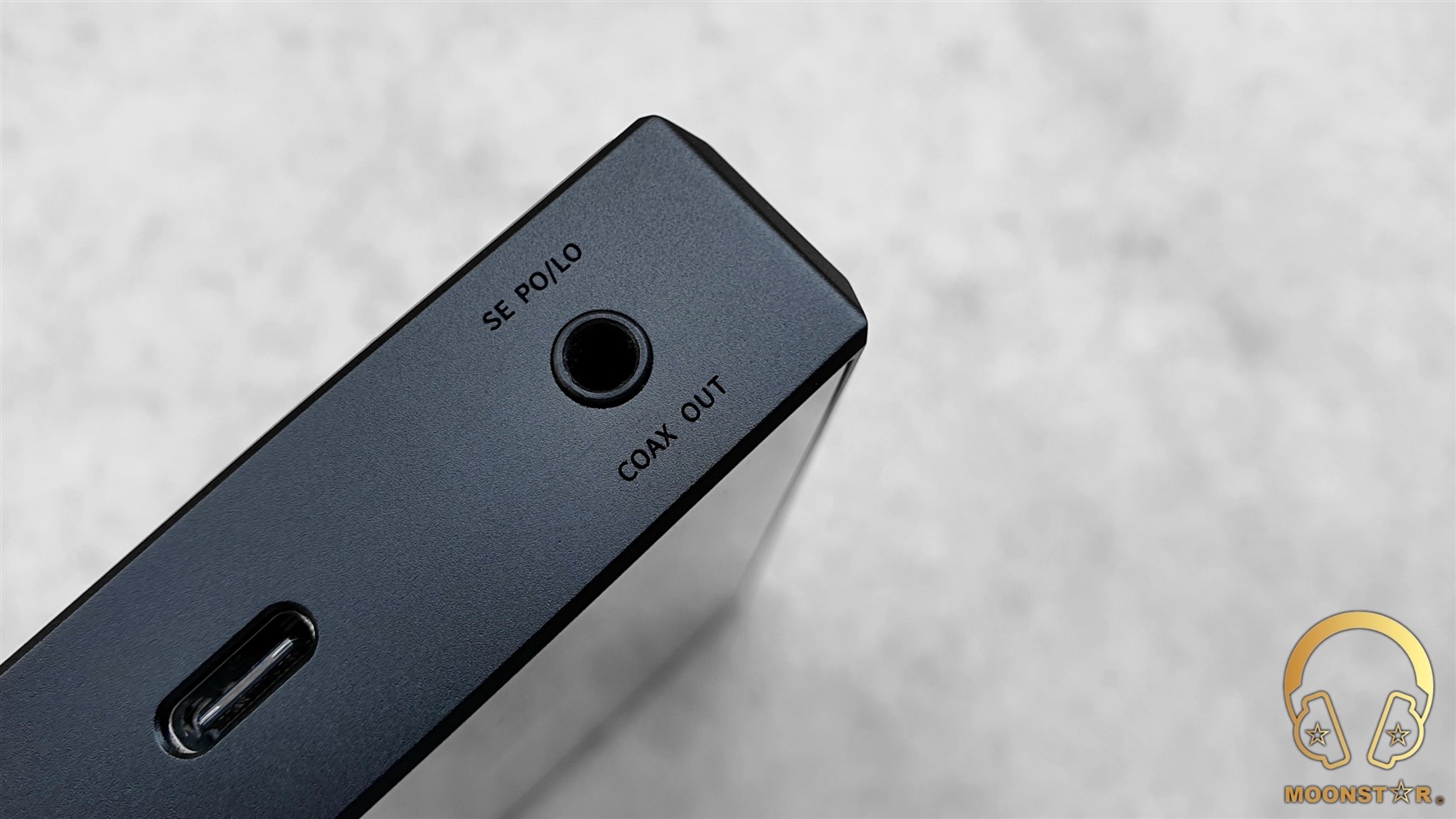
Both the Power/Lockscreen and the Multifunctional button do have hexagonal design, while the Power/Lockscreen button has a nice LED status indicator around the edges.
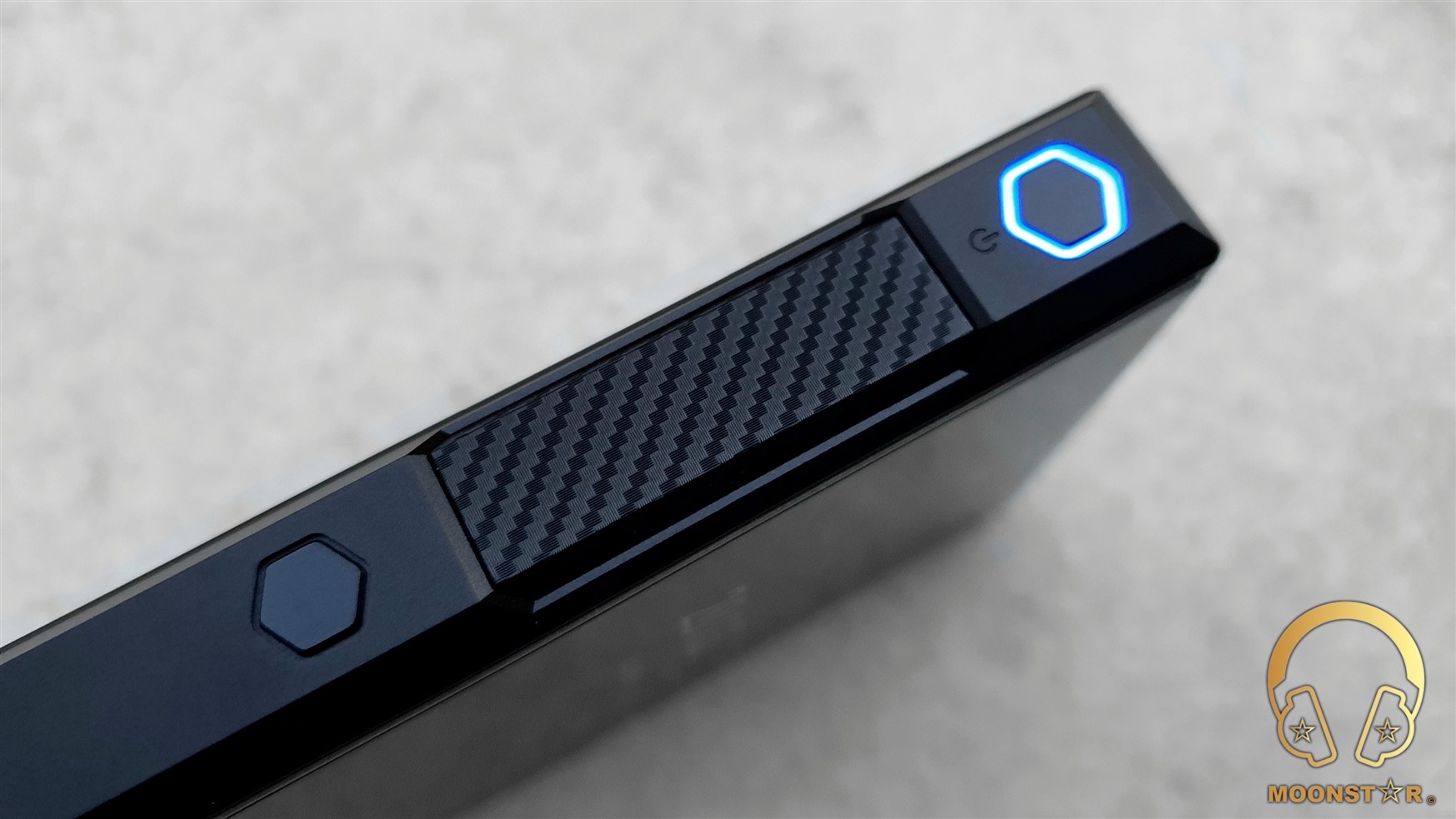
Here is also FiiO’s unique “all-in-one volume button + touch panel”, which has a beautiful looking carbon fibre surface. FiiO improved this innovative design that was used on the M11 Plus LTD with a Carbon Fiber design that offers now a more comfortable and precise volume adjustment.
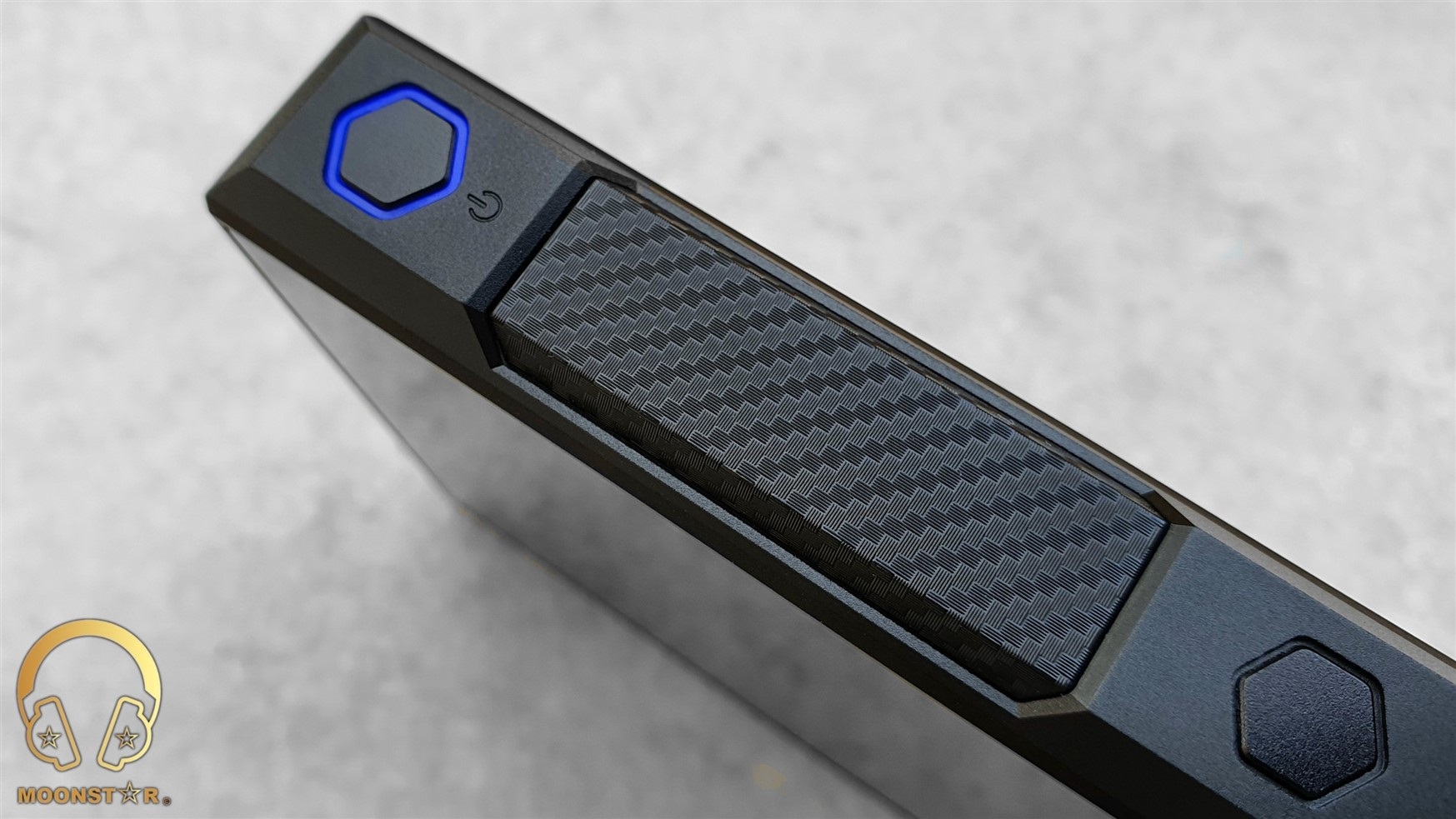
This interface supports both touch sensitive and mechanical actions for a precise volume up & down adjustment.
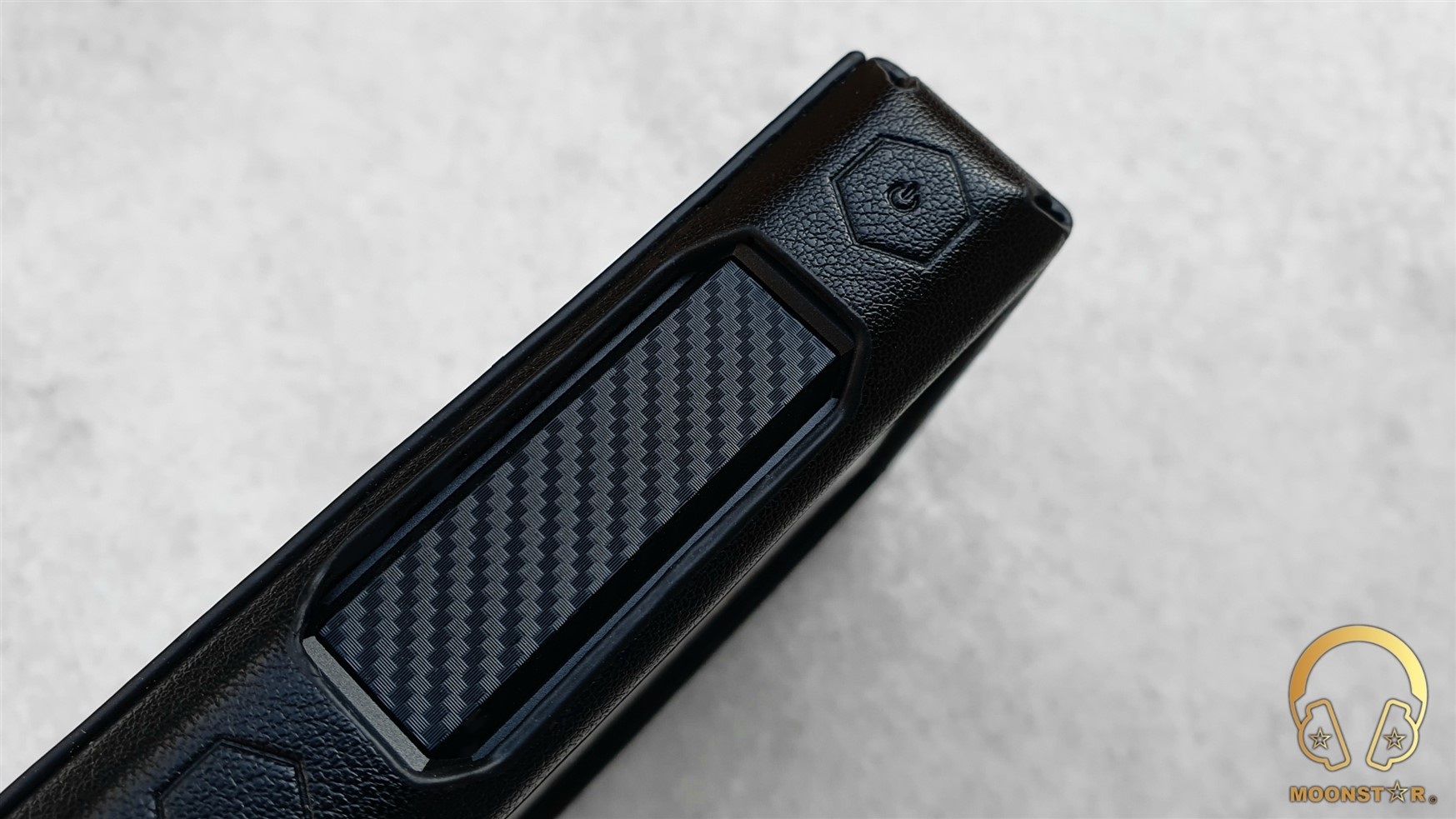
The right surface of the M11 Plus features a Hold Switch and 3 more buttons that are dedicated for actions like Play/Pause, Next and Previous track.
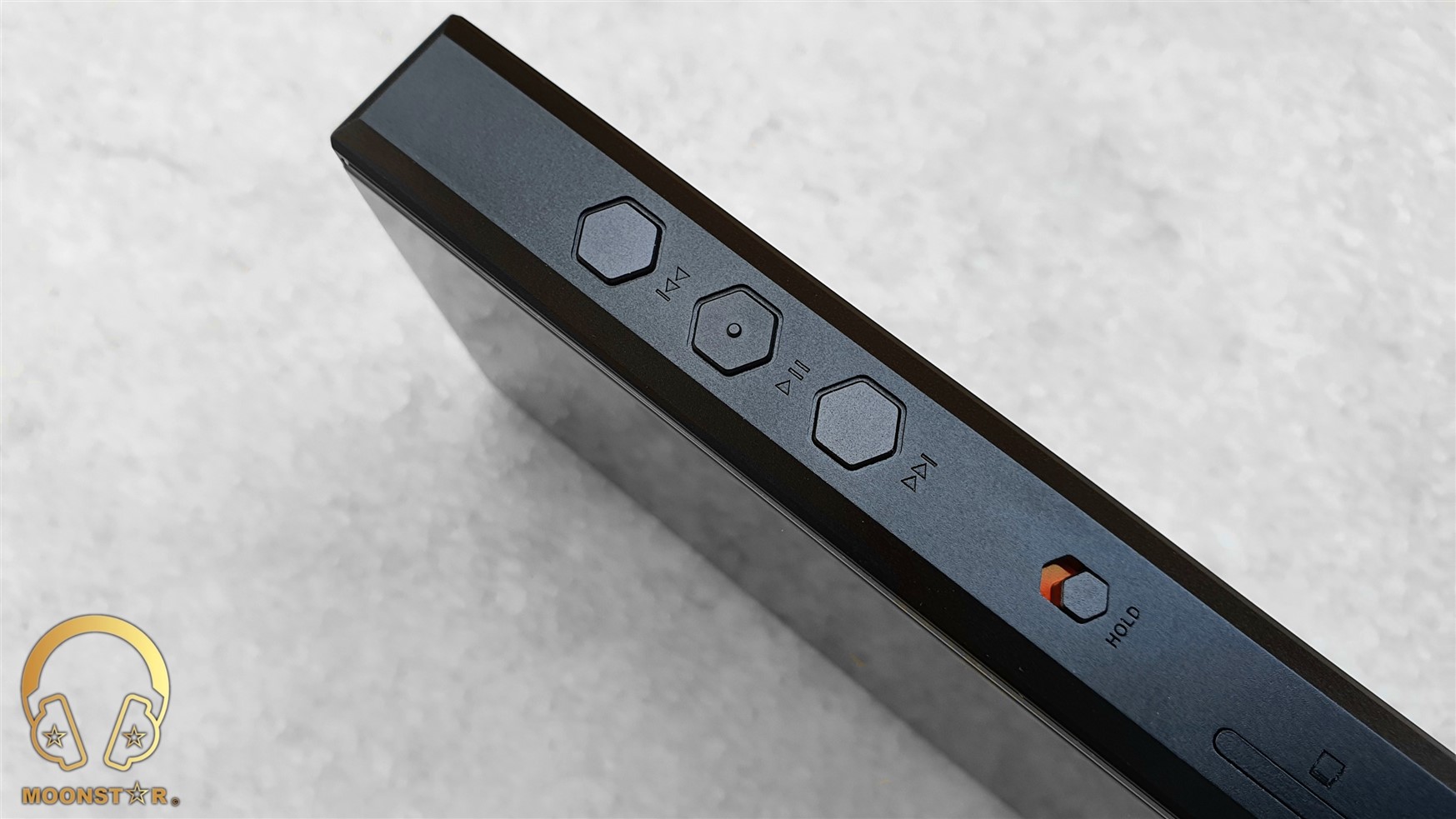
Here you can find a single micro SD card slot for storage expansion that supports storage cards with theoretically up to 2TB.
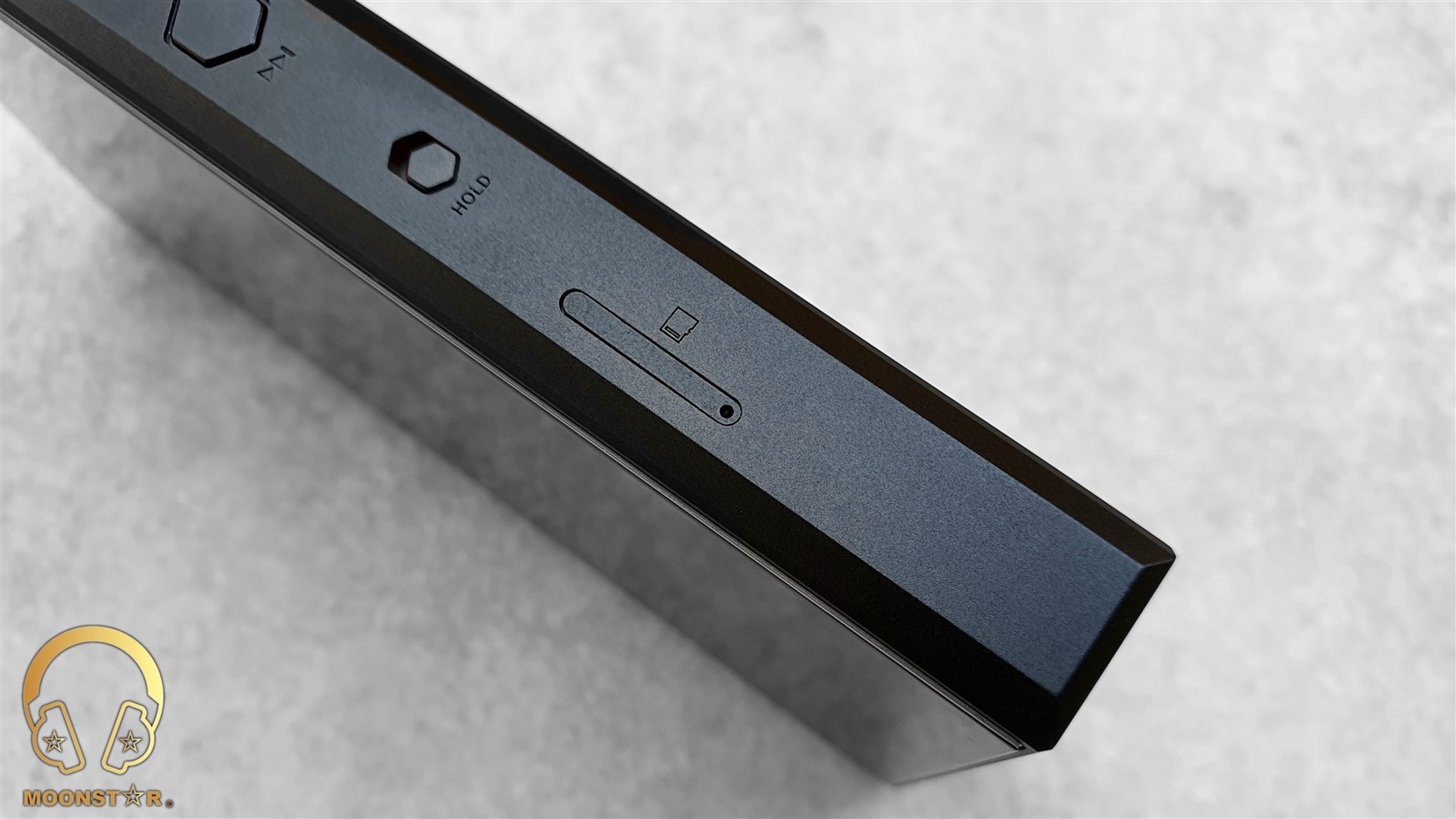
The rear side of the M11 Plus features a glass panel with a “Diamond Cut Textured” surface, which shows multiple colour effects from different angles.
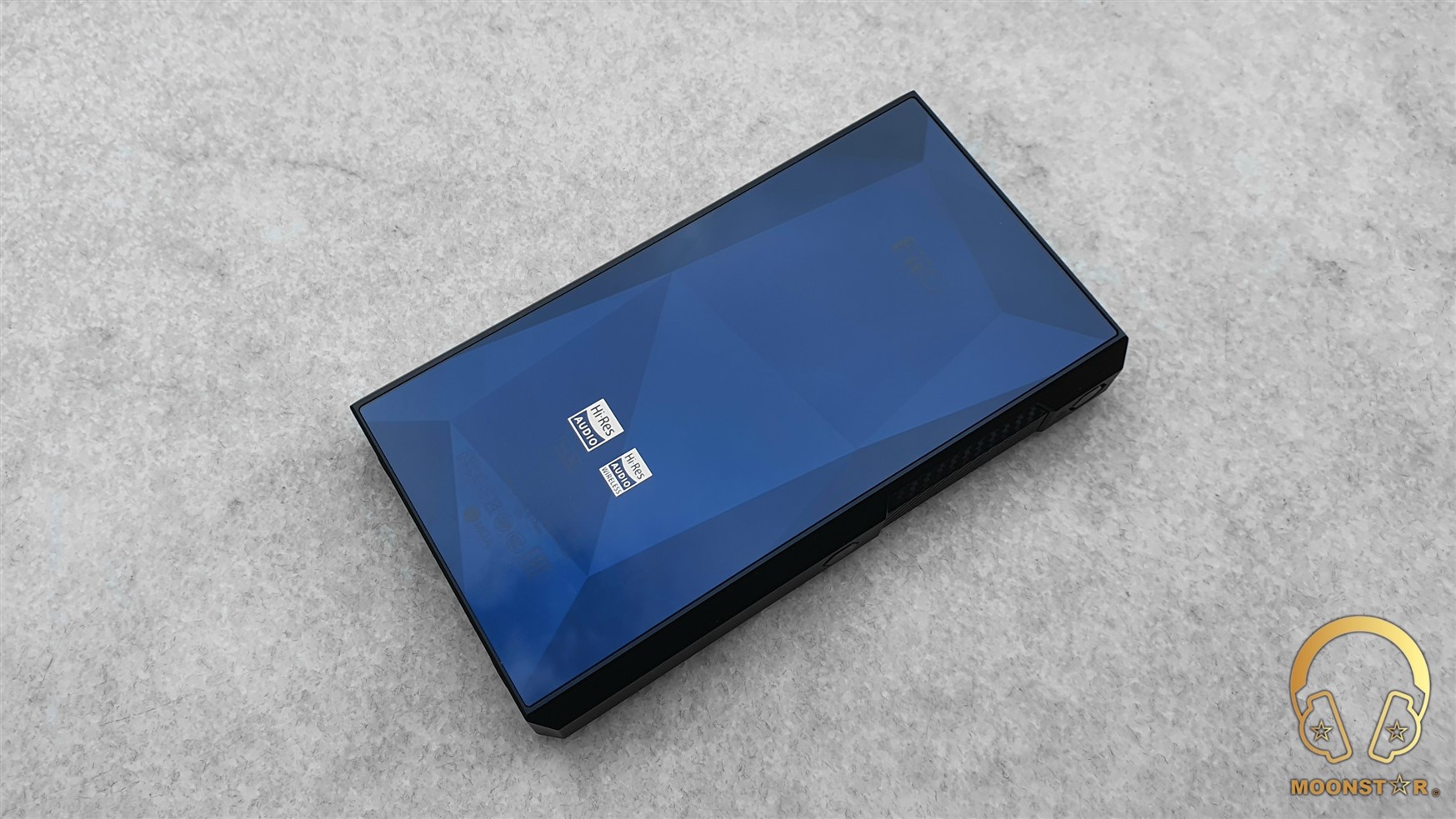
The device looks very robust any doesn’t show any imperfections like gaps, burrs or any openness, etc.
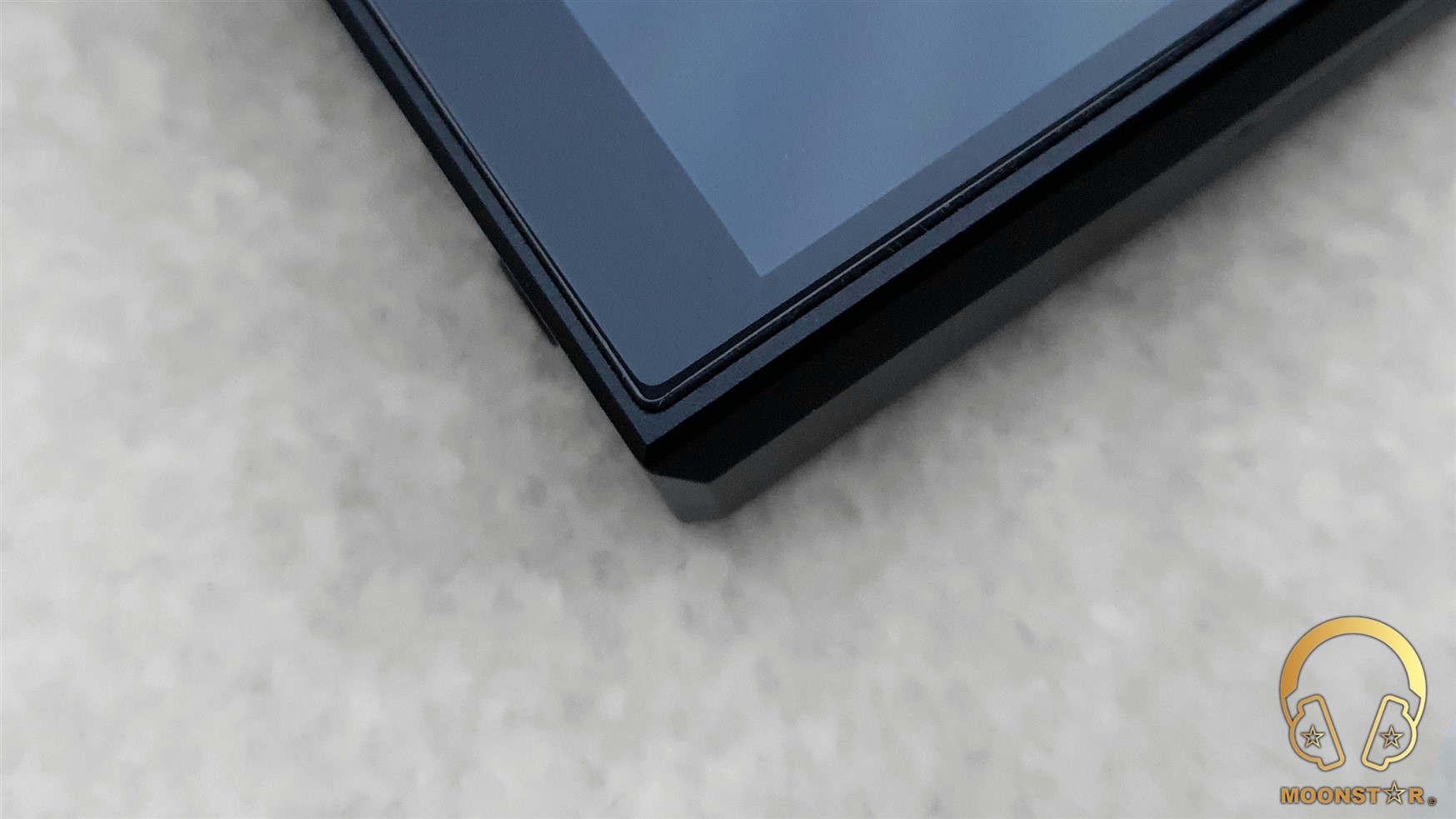
Some Technical Specifications:
- DAC : 2x ES9068AS
- CPU Model : Snapdragon 660 Octa-Core
- USB : XMOS XUF208
- Crystal Oscillator : 2x NDK Femtosecond Crystal Oscillator
- AMP : 2x THX AAA-78
- RAM : 4GB
- ROM : 64GB (46GB free 18GB reserved for OS)
- Screen : 5.5 inches (720*1440)
- Digital Out : USB Type-C
- Analog Outputs : 3.5mm Output for LO, PO & SPDIF, 2.5mm & 4.4mm Balanced Out
- Phone Out Power : 206mW @ 32 Ohm
- Balanced Out Power : 588mW @ 32 Ohm
- Output Impedance : ≤1Ω Single Ended / ≤2Ω Balanced
- Frequency Response : 5Hz – 90kHz (-5dB)
- THD+N : < 0.0006% (A-wt.)
- Noise Floor : <2µV Single Ended / < 3 µV Balanced
- Wi-Fi : 2.4 GHz & 5.0 GHz
- Bluetooth SoC : QCC5124
- Bluetooth Standard : 5.0
- Bluetooth Two-Way : SBC/AAC/APTX/APTX-HD/LDAC
- Battery : 6000mAh Li-polymer
- Battery Life : up to 14 Hours Single-Ended Output / 11.5 Hours Balanced Output
- Quick Charge Time : About 3 Hours (QC4.0)
- Dimensions : ~136.6×75.7×17.6mm
- Weight : about 295g
Supported Audio Formats:
The FiiO M11 Plus supports almost any traditional and modern audio format including MQA up to 8x unfold.
The full list of supported audio formats is below;
- DSD:DSD64/128/256(“.iso”,“.dsf”,“.dff”),DST iSO
- DXD:352.8K/24bit
- APE FAST/High/Normal:384kHz/24bit(MAX)
- APE Extra High:192kHz/24bit(MAX)
- APE Insane:96kHz/24bit(MAX)
- Apple Lossless:384kHz/32bit(MAX)
- AIFF:384kHz/32bit(MAX)
- FLAC:384kHz/32bit(MAX)
- WAV:384kHz/32bit(MAX)
- WMA LOSSLESS:96kHz/24bit(MAX)
- MP3,OGG,WMA,AAC, etc.
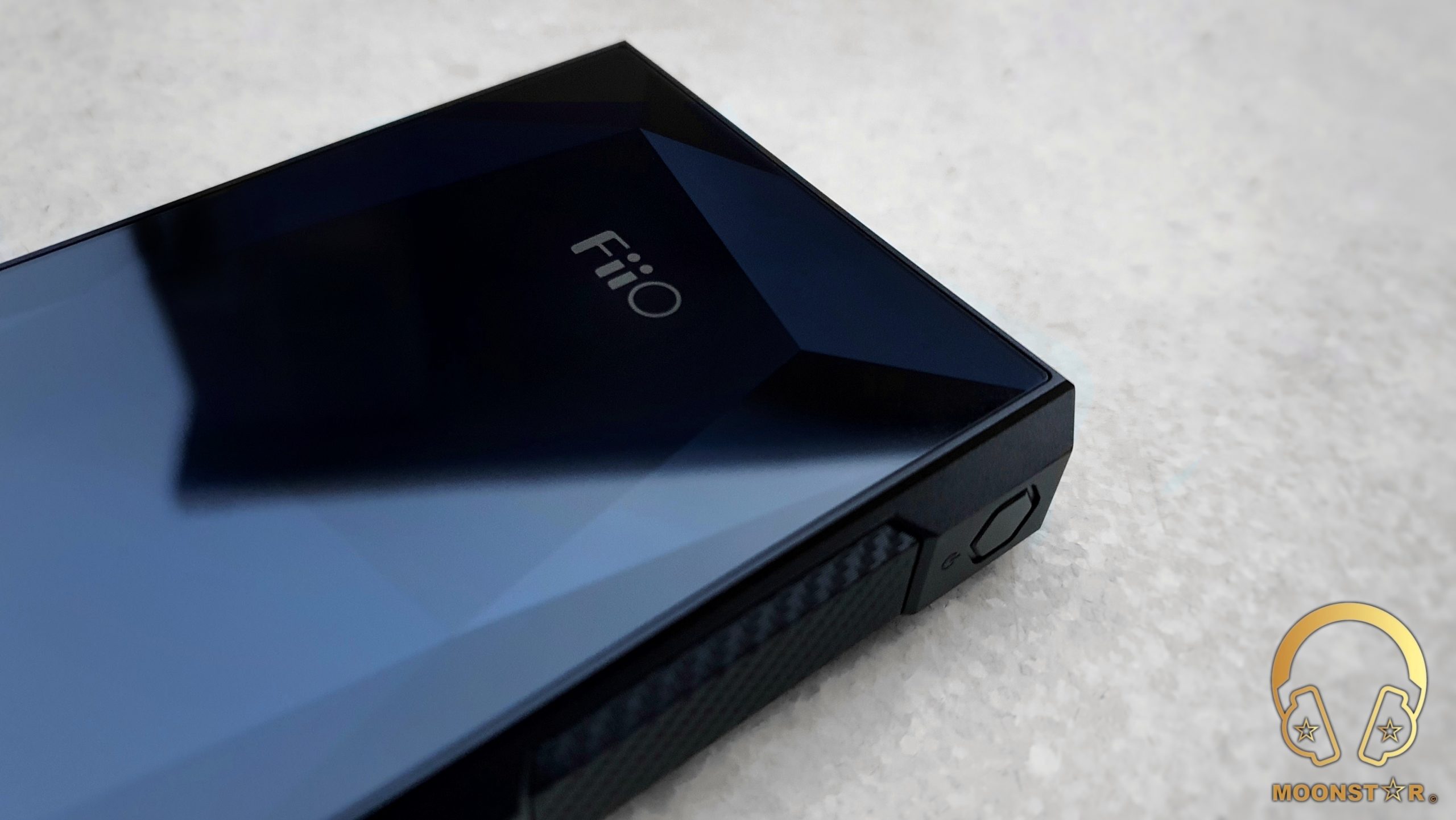
Hardware & Software Features:
The FiiO M11 Plus is a modern and advanced Portable DAP (Digital Audio Player) that features some impressive hardware and software specs, which I will now review for you.
A) ES9068AS DAC Chip & USB DAC Function:
FiiO has brought several updates with the new M11 Plus ESS variant. They not only have switched the DAC chipset from AK4497*2 to ES9068AS*2 DAC chips, they have also replaced the low-pass filter from OPA1662*2 to OPA927*2 matching the ESS DAC chipset. The chipset is now tuned to achieve high SNR ratings ensuring quality sound performance with cleaner background response.
It is tuned and adjusted for achieving improved performance, even better than the AKM counterpart with better Signal to Noise Ratio and Distortion ratings.
The FiiO M11 Plus offers USB DAC support that is compatible with MAC’s, Windows PC’s, Android and iOS devices. Windows PC’s do need the installation of an USB DAC driver that is available on FiiO’s website, while Android, iOS and MAC computers do not need any driver installation.
- Download link: https://www.fiio.com/Driver_Download
The USB DAC mode of the M11 Plus supports up to 384 kHz – 32bit/DSD256.
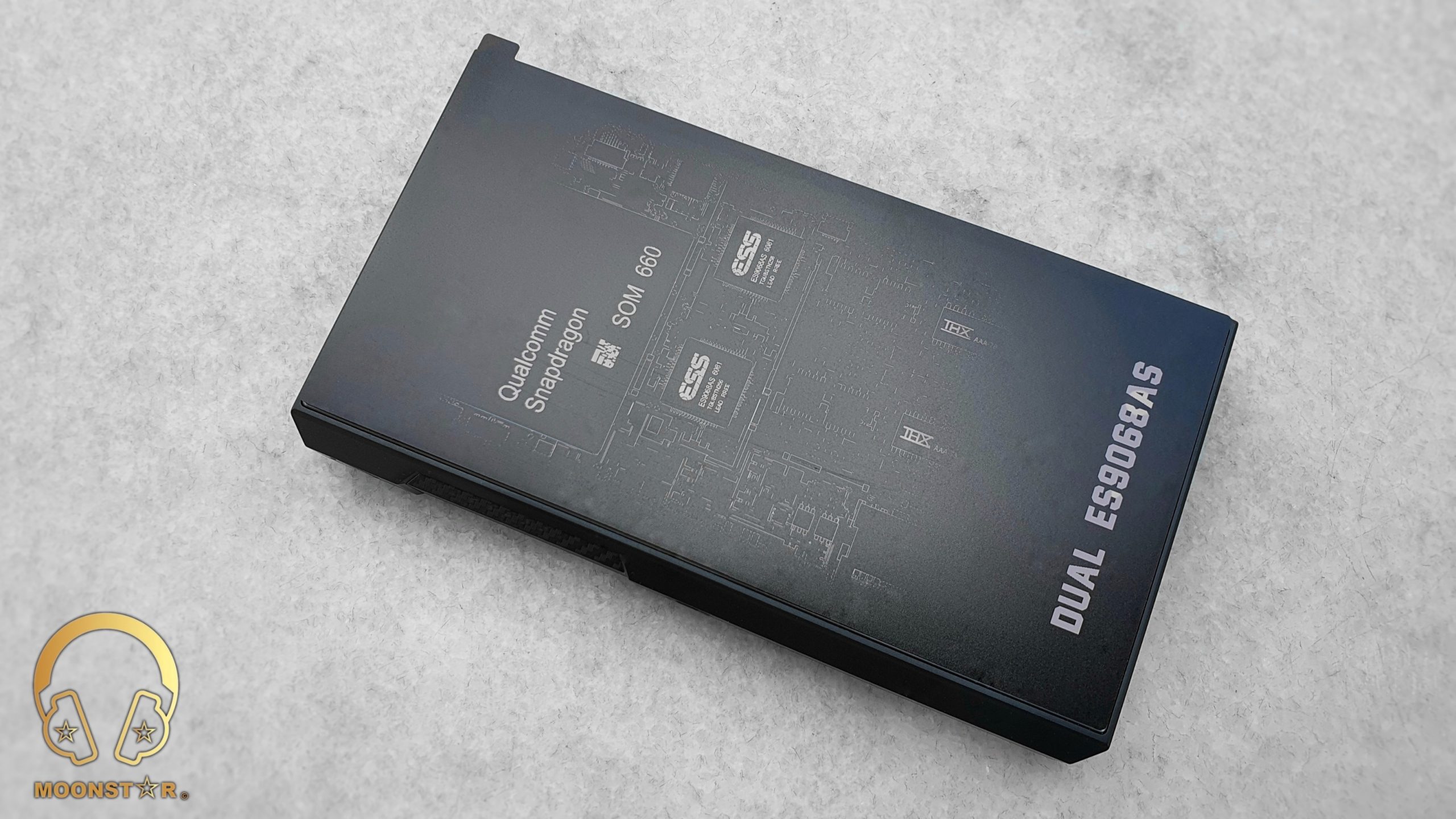
B) Snapdragon 660 CPU with Andreno 512 GPU + 4GB RAM:
The New M11 Plus is equipped with the Snapdragon 660 Octa-Core SoC that comes with a pretty capable Andreno 512 GPU, which is able to provide a smooth GUI (Graphical User Interface) for a Smartphone-Like user experience. The M11 Plus features also 4GB of RAM that will provide full functionality with the latest Android 10 OS.
The 18 GB of the internal storage is reserved for the OS (Operating System) of the device, while 46 GB’s are free to store your music files or for the installation of third party applications.
The M11 Plus is equipped with a Single Micro SD Card slot for storage expansion, which supports a theoretical expansion capacity of up to 2TB.
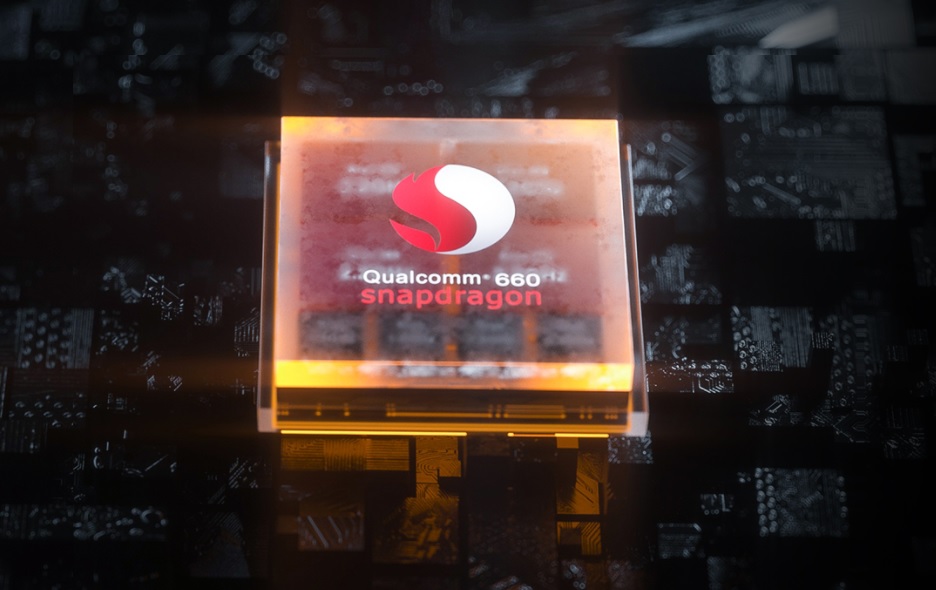
C) Outputs & Amplification:
The FiiO M11 Plus comes with the THX AAA-78 headphone amplifier module, which will deliver a higher output performance compared to the AKM variant with an output power rating of up to 660mW@32Ω of load. The Low-pass filter chip has been switched from OPA1662 to OPA927.
Here are some output specifications;
Line Out:
THD+N : SE ≤0.0006%(1kHz/10kΩ)/ Balanced ≤0.0004%(1kHz/10kΩ)
SNR : SE ≥118dB(dbA)/ Balanced ≥125dB(dbA)
Crosstalk : SE ≥105dB(1kHz/10kΩ)/ Balanced ≥104dB(1kHz/10kΩ)
Frequency response : SE 20Hz~50kHz (-0.5dB)/ Balanced 20Hz~50kHz(-0.5dB)
Noise floor : SE ≤2.5μV(dbA)/ Balanced ≤2μV(dbA)
Line Out level : SE 2.0V(1kHz/10kΩ)/ Balanced3.0V(1kHz/10kΩ)
3.5mm Headphone Out (@ High Gain):
THD+N : ≤0.00054%(1kHz/32Ω)
SNR : ≥122dB(dbA)
Frequency response : 20Hz~20kHz(-1dB)
Noise floor : ≤2.5μV(dbA)
Output Impedance : ≤1Ω(32Ω)
Output Power : ≥300mW @16Ω / ≥210mW @32Ω / ≥33mW @300Ω (THD+N<1%)
Crosstalk : ≥76dB(1kHz/32Ω)
4.4mm & 2.5mm Balanced Out (@ High Gain):
THD+N : ≤0.00085%(1kHz/32Ω)
SNR : ≥126dB(dbA)
Frequency response : 20Hz~80kHz(-1dB)
Noise floor : ≤2.5μV(dbA)
Output Impedance : ≤2Ω(32Ω)
Output Power : ≥400mW @16Ω / ≥ 660mW @32Ω / ≥90mW @300Ω (THD+N<1%)
Crosstalk : ≥111dB(1kHz/32Ω)
The recommended headphone impedance for the M11 Plus is 16~150Ω for the 3.5mm Single Ended headphone output and 16~300Ω for the 2.5mm + 4.4mm Balanced outputs.
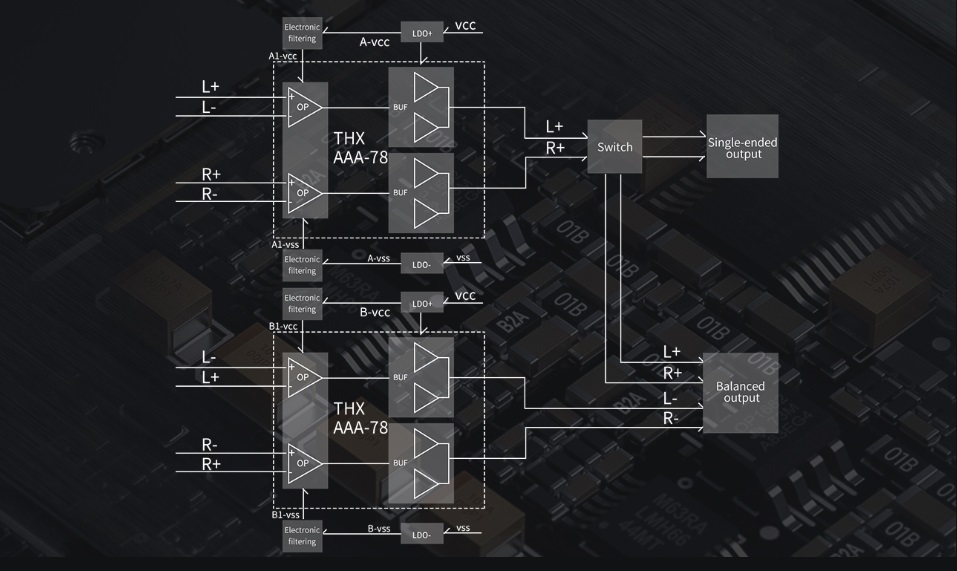
D) Wireless Connectivity:
The FiiO M11 Plus features a build in Wi-Fi antenna which supports the 802.11 b/g/n/ac protocols and 2.4GHz and 5.0 GHz frequency standards. The download speed, connectivity range and stability is the best I have experienced to date with a Digital Audio Player and performs pretty close to modern mobile phones.
The M11 Plus utilizes also Qualcomm’s QCC5124 Bluetooth SoC that offers High-Res Two-Way Bluetooth support with the BT5.0 standard. This BT SoC is able to transmit HWA/LDAC/aptX HD/aptX/SBC codec’s and to receive codec’s in AAC/SBC/LDAC quality.
The M11 Plus can be connected to Bluetooth transmitting devices like a mobile phone, working as a Bluetooth DAC/Amplifier.
The stabile Bluetooth operating distance of the M11 Plus is about 10 meters when I do connect it to Bluetooth devices like the Sony WF1000XM4 or FiiO UTWS5. What I also really like about the BT connectivity of the M11 Plus is the very low latency when I do watch to YouTube or Netflix Videos.
Please note that I didn’t have heard any waterfall noise issue that could be caused by the Wi-Fi antenna and any remarkable Bluetooth connection droppings with my sample during this review.
1. AirPlay & Wi-Fi file transfer:
The FiiO M11 Plus is able to play your songs stored on PC or NAS wirelessly through DLNA, or via AirPlay with iOS devices. You can also transfer your songs wirelessly to the M11 Plus by using the Wi-Fi transfer function which is a nice addition.
2. Anti-interference Circuit Design:
The FiiO M11 Plus adopts a new internal layout with a modular circuit design that feature its own shielding cover, in order to separate interferences of the digital and analog portions. This design was created to ensure that that does parts do not interference with each other.
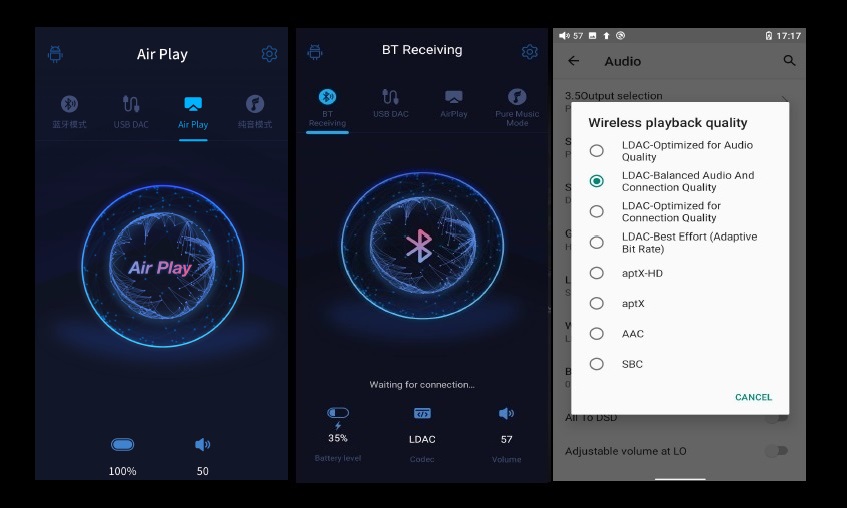
E) Battery Life:
FiiO M11 Plus ESS features a 6000mAh Li-Polymer battery, which supports Quick Charge QC3.0/4.0 that takes about 3.5 hours. The battery life of the new M11 Plus is improved from 11.5 hours on the AKM variant to up to 14 hours over the 3.5mm Single Ended output, while the 4.4mm & 2.5mm Balanced output drains the battery in around 11.5 – 12 hours.
Testing Conditions:
- Volume: 70 / Gain: Low / File: MP3 44.1 kHz/16bit / Screen: Off
2. Software & GUI:
The combination of Android 10 and relative capable Snapdragon 600 SoC + 4GB of Ram makes the FiiO M11 Plus to a DAP with a pretty fluid GUI. The fairly customized Android OS of the M11 Plus comes with pre-installed applications like Google Play Store, Chrome Browser, Gallery, Clock, Technical Support, FiiO Application Store, etc.

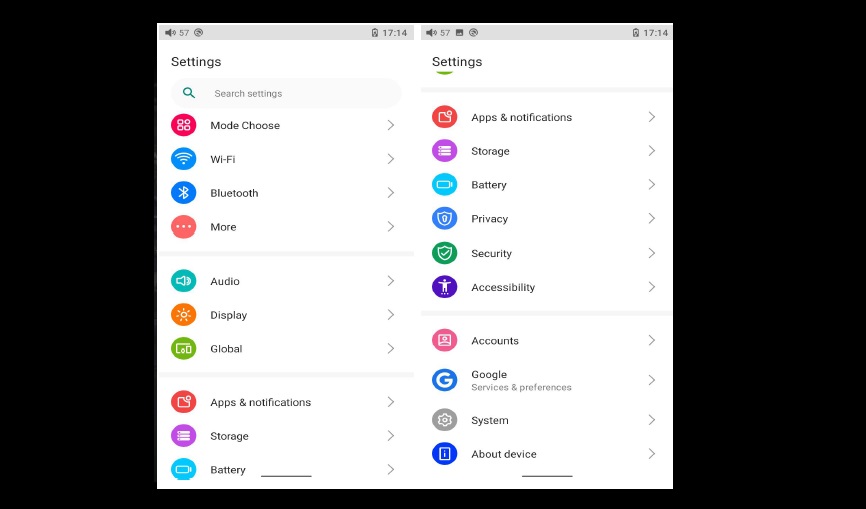
It’s great to see that Google Play Store is now pre-installed supported out of the box that gives you access to third party Streaming Services like Spotify, Tidal, Qobuz, Deezer, Apple Music and more. You can even install applications like Netflix, Amazon Prime or YouTube to watch your favorite TV shows, video clips or movies.
FiiO offers has also its own application that is called Application Store, where you can find all Music and Radio Streaming Services or Thirty Party APP Stores like APKPure, CoolApk or Yingyongao under one page.
FiiO Music Player is another highlight of the M11 Plus that comes with tons of features, settings and a very nice Graphical User Interface (GUI).
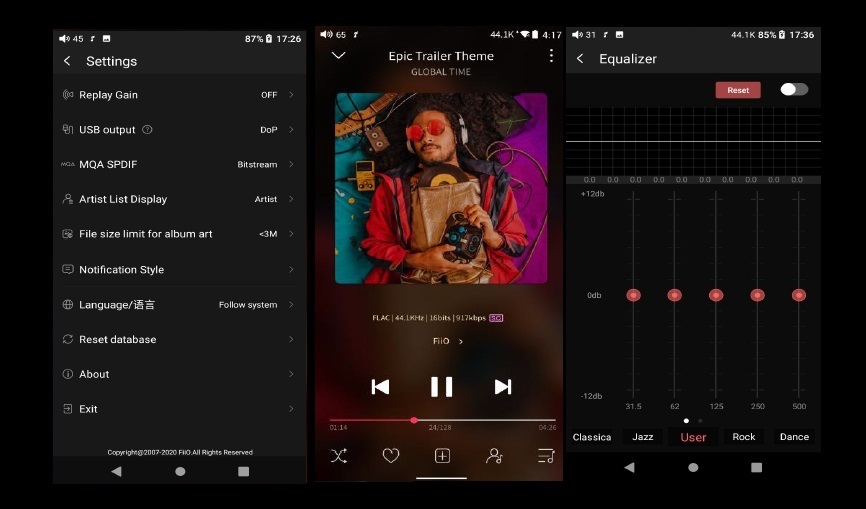
The FiiO M11 Plus supports five working modes, including Android mode, Pure Music mode, AirPlay, USB DAC mode and Bluetooth Receiving mode. The default is Android mode when the device is powered on for the first time, which can be switched to other modes on the drop-down or settings menu.
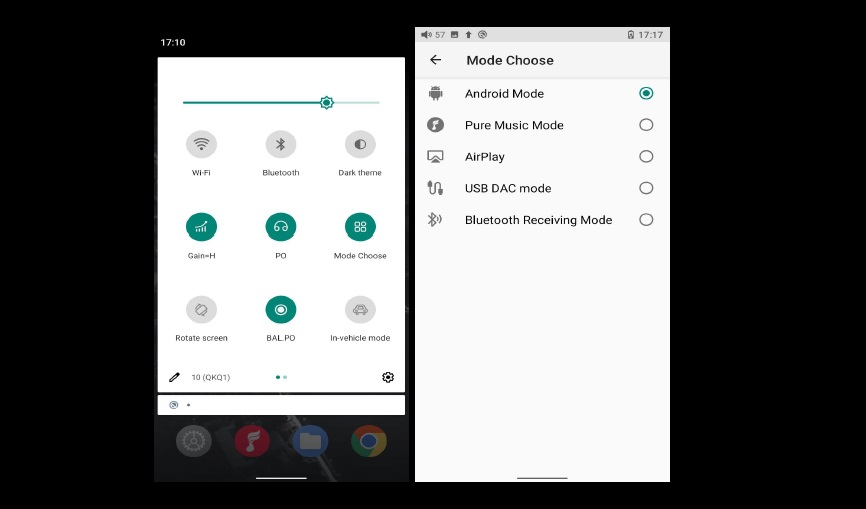
All-in all, the M11 Plus offers a very user friendly and familiar UI (User Interface) that gets constantly updates. What I also really like is the Technical Support Menu that gives you a quick access to FW Updates (OTA and Local), Quick Start Guide, Online Feedback and many more, which is a nice addition.
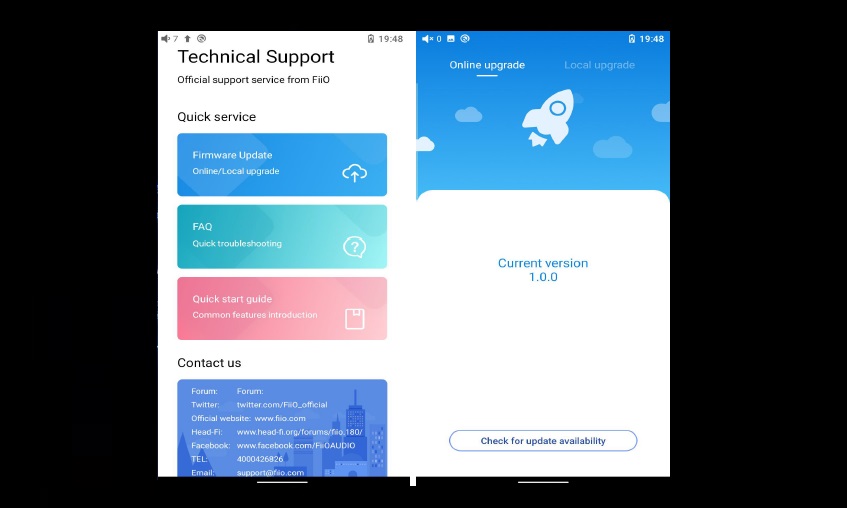
Full List of Remarkable Features:
- Android 10 OS
- MQA 8X Decoding Support
- ES9068AS*2 Dual DAC Chip’s
- THX-AAA 78*2 Headphone Amplifier.
- Snapdragon 660 CPU (Octa-Core)
- 6th Gen Honeycomb Design
- 5” Bezel-less Touch-Screen with 18:9 ratio
- New-Gen Interactive Intelligent Volume System with an upgraded carbon-fiber panel.
- New Digital Audio Purification System (DAPS) with Self-Developed 4th Gen FPGA+NDK Femtosecond crystal oscillators
- High-Res Two-Way Bluetooth Support (V5.0 Connectivity)
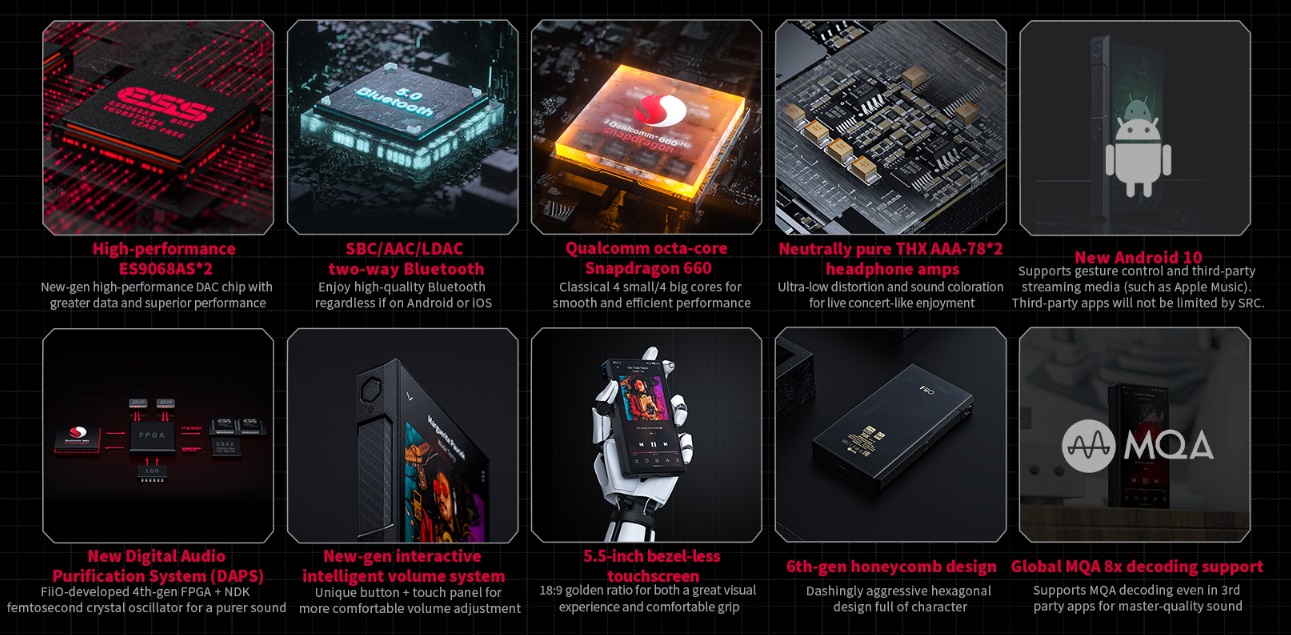
Equipment’s used for this review:
- DAP’s : FiiO M11 Plus, Sony WMA1, FiiO M11 Pro
- IEM’s : FiiO FD7, FiiO FH9, Meze Audio Rai Penta, Kinera URD, Moondrop Variations
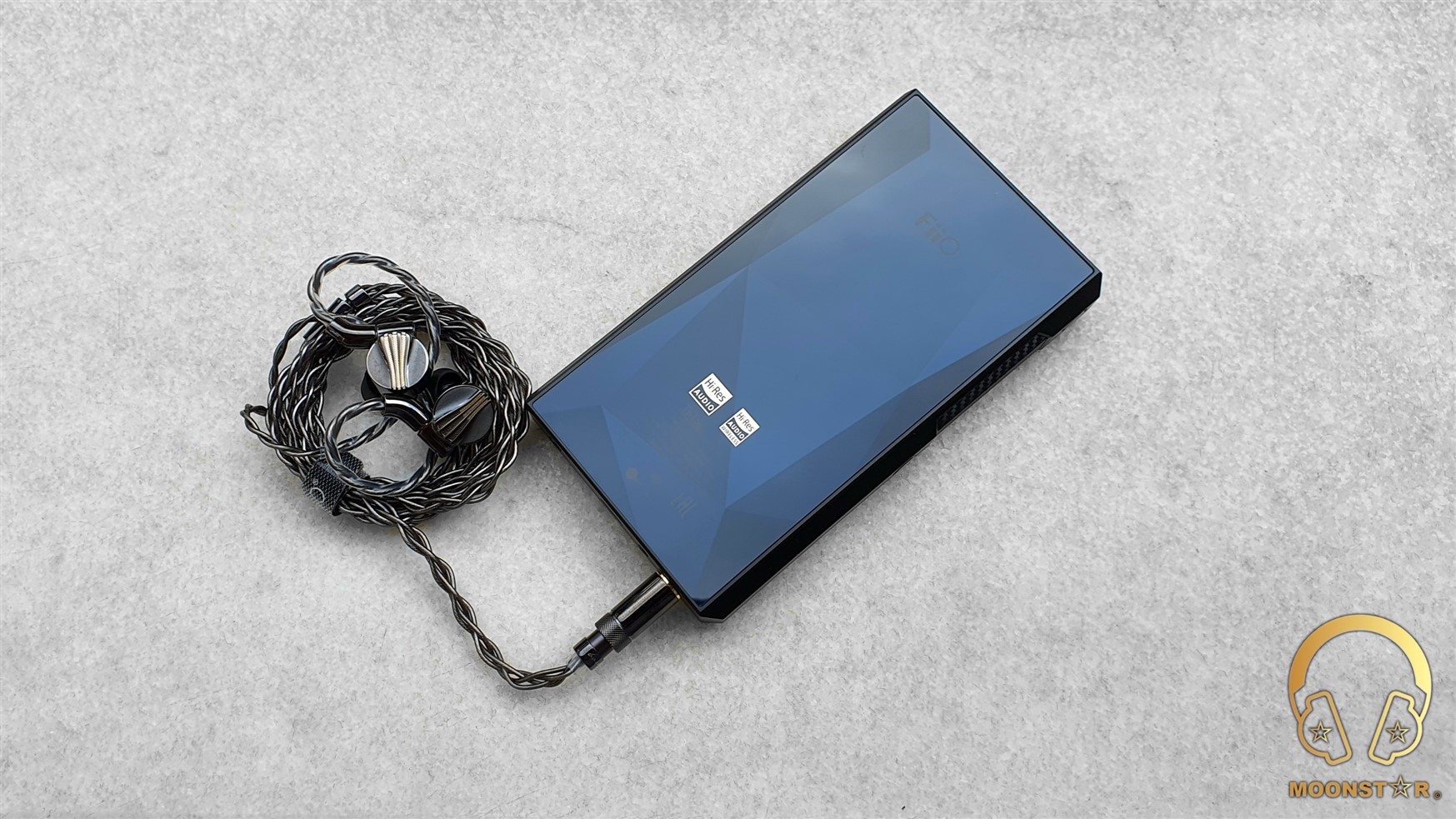
Albums & tracks used for this review:
- Adele – My Little Love (Spotify)
- Randy Crawford – On Day I Will Fly Away (Flac 16bit/44.1kHz)
- Hayley Westenra – Odyssey Album (Dezzer HiFi)
- Dionne Warwick – Walk On By (Flac 16bit/44.1kHz)
- Sarah McLachlan – Angel (Flac 24bit/48kHz)
- Sertap Erener – Aşk (Flac 16bit/44.1kHz)
- Edith Piaf – Non Je Ne Regrette Rien (Flac 16bit/44.1kHz)
- Diana Krall – So Wonderful (DSF)
- Aretha Franklin – I Say A Little Payer (Flac 24bit/96kHz)
- David Bowie – Heroes (Flac 24bit/192kHz)
- Elton John – Rocket Man ((Flac 24bit/96kHz)
- Barry White – Just The Way You Are (Flac 24bit/48kHz)
- Isaac Hayes – Walk On By (Flac 16bit/44.1kHz)
- Sting – Englishman in New York – (Flac 24bit/48kHz)
- Eric Clapton – Wonderful Tonight (Flac 24bit/96kHz)
- B.B. King – Riding With The King (Tidal Hi-Fi)
- Dave Gahan – Kingdom (Tidal Hi-Fi)
- U2 – Sunday Bloody Sunday (Flac 16bit/44.1kHz)
- Bro Safari, UFO! – Drama (Deezer HiFi)
- Armin Van Buuren – Vini Vici (Flac 16bit/44.1kHz)
- Really Slow Motion – Deadwood (Deezer HiFi)
- Jo Blankenburg – Meraki (Spotify)
- Lorde – Royal (Flac 24bit/48kHz)
- Toutant – Rebirth (Deezer HiFi)
- Portishead – It Could Be Sweet (Spotify)
- Charly Antolini – Duwadjuwandadu (Flac 24bit/192kHz)
- Michael Jackson – Billie Jean (Flac 24bit/192kHz)
- Gogo Penguin – Raven (Flac 24bit/192kHz)
- 2Cellos – With or Without You (Spotify)
- Ferit Odman – Look, Stop & Listen (Flac 24bit/192kHz)
- Chopin – Nocturn No. 20 In C-Sharp Minor (Flac 16bit/44.1kHz)
- Fazıl Say – Nazım Oratoryosu (Live) (Flac 16bit/44.1kHz)
- Vivaldi – Le QuarttroStagioni “The Four Season” (Deezer HiFi)
- Otto Liebert& Luna Negra – The River (Flac 24bit/192kHz)
- Lunatic Soul – The Passage (Flac 16bit/44.1kHz)
- Deftones – My Own Summer (Shove it) (Flac 16bit/44.1kHz)
- Metallica – Sad but True (Flac 24bit/96kHz)
- Opeth – Windowpane (Flac 16bit/44.1kHz)
- Megadeth – Sweating Bullets (Tidal Hi-Fi)
- Rush’s – Leave That Thing Alone (Flac 16bit/44.1kHz)
- Slayer – Angel of Death (Spotify)s
- Liquid Tension Experiment 2 – Acid Rain (Spotify)
- Yosi Horikawa – Bubbles (Spotify)
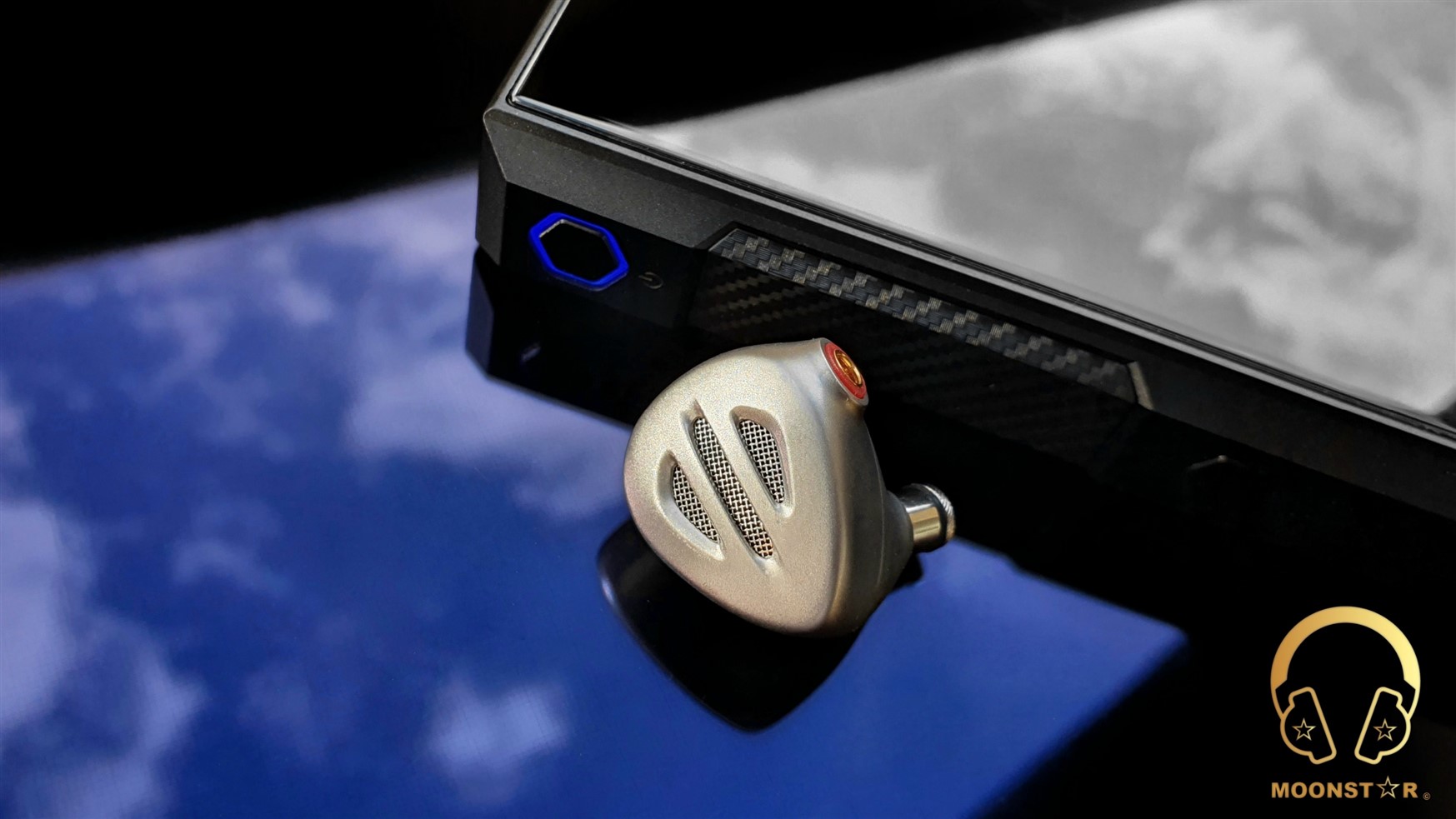
The Sound:
The FiiO M11 Plus shows a quite natural tonality with a hint of warmness that adds a nice sense of coloration to the overall presentation that is not overdone. It offers a pretty transparent and detailed sound profile with decent level of dynamics and resolution from the lows to up to the highs that show a good synergy with almost any earphone/headphone I have listen to it.
This review has been written after a burn-in period of about 150 hours. The sound impressions below are mainly based on my impressions over the with the 4.4mm Balanced Output of the device paired with IEM’s like the FiiO FH9 & FD7, Meze Rai Penta, Kinera URD and Moondrop Variations.
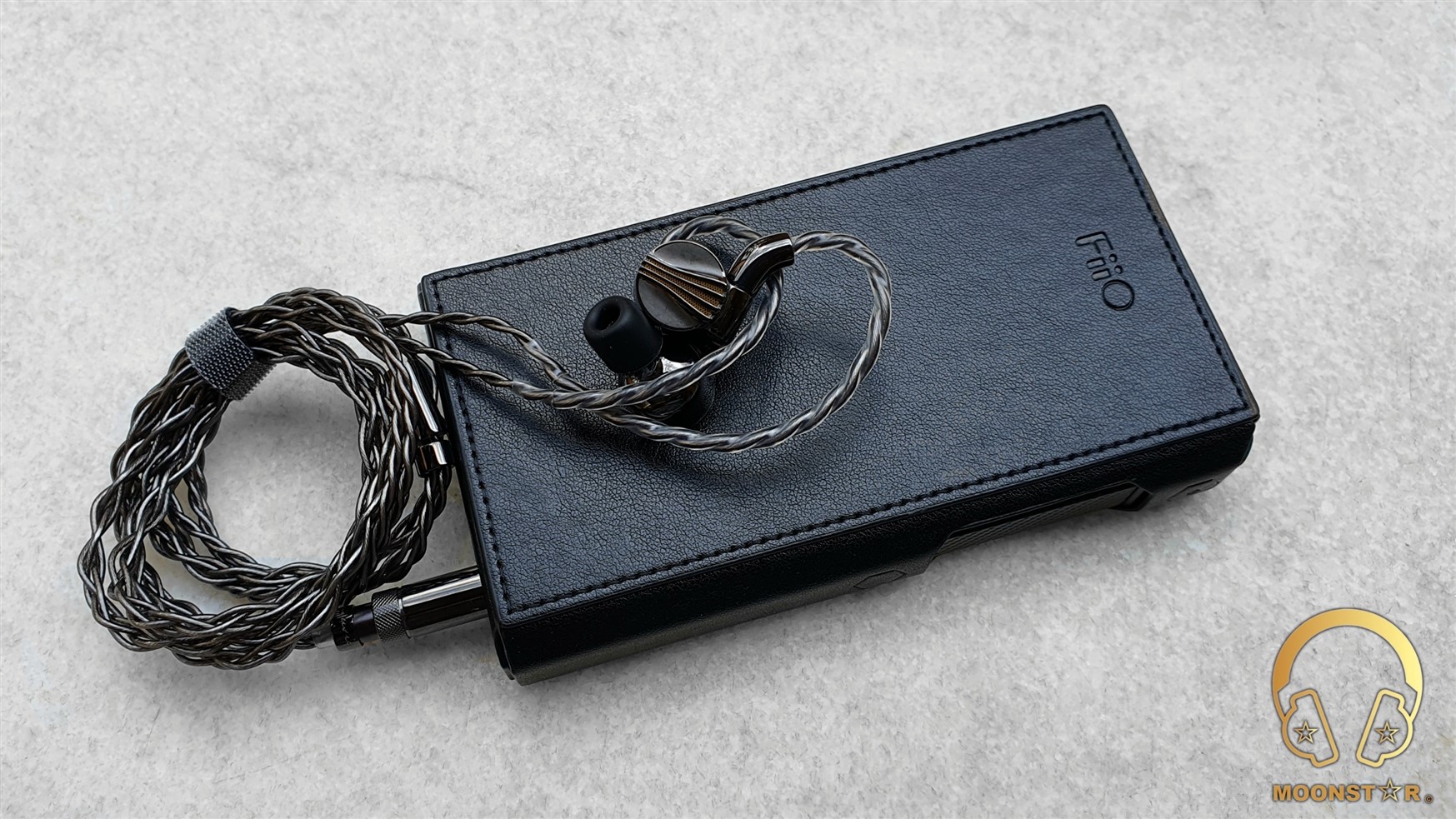
Bass:
The FiiO M11 Plus has a pretty neutral and dynamic subbass response that offers a good level of depth and emphasis when called upon. For example; songs such like Massive Attack’s “Angel”, Lorde’s “Royals” or Jo Blankenburg’s “Meraki” are show with an great sense of depth and rumble when I do pair the deice with In-Ear Monitors like the FiiO FH9 and FD7 or with Moondrop’s Variations. The subbass presentation stands out with its clean character and pretty fast decay and doesn’t show any remarkable negative conditions such like as muddiness or mixings.
The midbass region of the FiiO M11 Plus offers a fairly smooth, powerful and dynamic response. It is impactful yet controlled and doesn’t show any audible midbass hump or mixings when I do listen to midbass intensive tracks like Really Slow Motion “Deadwood” or Armin Van Buuren’s “Vini Vici”. The general midbass presentation of the M11 Plus can be described as transparent, clean and detailed, along with a decent sense of musicality that was especially audible when I have paired the device with IEM’s like the Kinera URD and Meze Audio Rai Penta.
Went it comes to the instrument presentation in this area, I can say that bass guitars, drums and trumpets are reproduced with an efficient grade of speed and intensity, while a contrabass is presented in a pretty crisp and detailed manner.
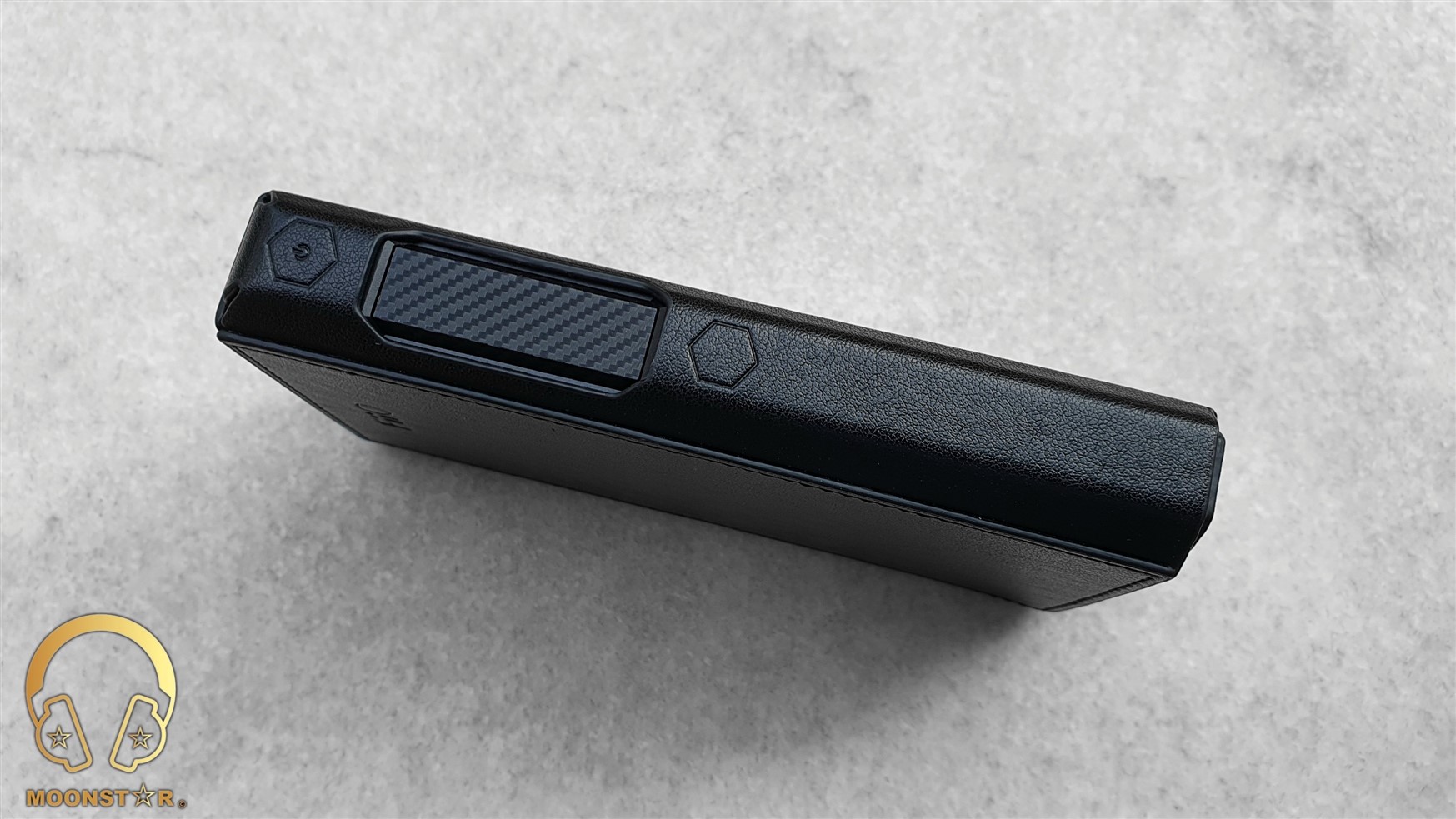
Midrange:
The FiiO M11 Plus shows a pretty transparent, airy and neutral midrange presentation with a slightly hint of warmness that comes from the lower midrange area that adds the overall presentation in this area a nice sense of coloration to cerate a more musical atmosphere.
Both female and male voices do sound pretty realistic and lively, while female voices are a bit more in the foreground due to the highly dynamic/energetic upper midrange character.
The lower midrange of the M11 Plus offers an efficient level of body and depth that is not overdone. Especially the clarity and resolution is remarkable, when I do listen to vocals or to instruments like cellos, violas or electro guitars. Male vocals from Barry White and Isaac Hayes to Sting and Eric Clapton are reproduced with a decent sense of depth and intensity.
The upper midrange is slightly more emphasized compared to the lower midrange register. This area offers a great sense of dynamism, an above average level resolution and extension, without to show any remarkable sibilance or over brightness when I do listen to female voices or to instruments such like clarinets, side flutes, pianos or violins. For example, female vocals such like Adel, Diana Krall, Edith Piaf or Sertap Erener are reproduced in a pretty clean, lively and detailed manner, especially when I pair it with In-Ear Monitors like the FiiO FH9, Moondrop Variatons or Meze Audio Rai Penta.
The overall midrange presentation of the FiiO M11 Plus can be described as highly versatile, natural and dynamic, which offers also a decent grade of transparency, airiness and resolution.
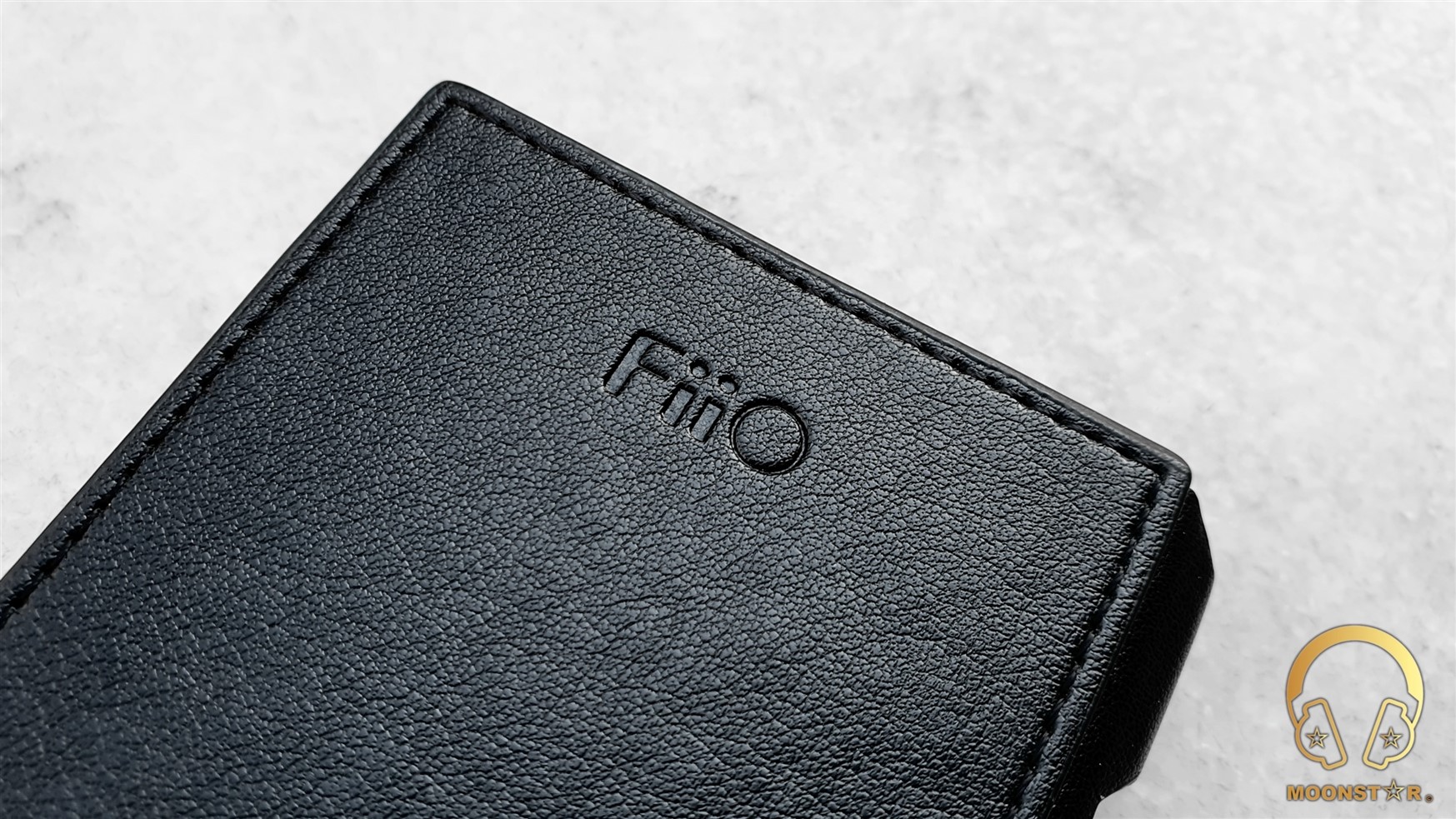
Treble:
The treble range of the FiiO M11 Plus shows a relative bright and energetic yet controlled response with good level of clarity and decent sense of airiness and sparkle. The general presentation of this region is quite detailed and crisp, while it is also pretty comfortable to listen to, especially hen I do pair it with IEM’s like the FiiO FD7, Kinera URD and Meze Rai Penta that do show a great synergy.
The transitions from the upper midrange that is pretty energetic, towards the lower treble region are in general controlled when instruments such like electro guitars are played with high level of distortion.
Instruments like Hi-hats do sound fairly pronounced and it was quite easy to count the hits, when I have listened to the FiiO FH9 or Moondrop Variations in complex passages. Crash and ride cymbals on the other hand are fast, pretty controlled and do are reproduced with a good grade extension. There is no interference when the piano is accelerating in Jazz songs; the hits are clear and pronounced.
The level of airiness in the treble range is pretty high, while the intensity decreases from the lower treble region towards the upper treble area in a fairly controlled manner. All in all, the overall treble performance of the FiiO M11 Plus fulfills my expatiations from a Digital Audio Player at this price level.

Soundstage & Imaging:
The FiiO M11 Plus offers a pretty realistic and expansive soundstage atmosphere, and a decent performance in terms of separation and positioning of instruments and vocals, thanks to the pretty wide and airy soundstage. The neutral air between the instruments and the clean/black background of the M11 Plus creates ideal conditions to listen to songs with lots of instruments and complex passages.
Some Comparisons:
FiiO M11 Plus versus FiiO M11 Pro:
The FiiO M11 Pro was one of my favorite DAP’s when it came out with its fast UI, good battery life, stabile connection and decent sound performance for its price. However, the new M11 Plus outperforms the M11 Pro in almost any area.
The M11 Plus offers a more mature sound profile that is more natural and versatile compared to those of the M11 Pro, which shows a higher grade of coloration. The M11 Plus is with no doubt superior in terms of technicality, overall resolution and naturalness.
The subbass region of the M11 Pro is slightly more pronounced, while it is missing the authority and clarity that the M11 Plus now offers. Both DAP’s are successful when it comes to the depth and impact of the midbass region. However, the M11 Plus sounds slightly natural and detailed in this area with better sense of layering and separation.
The FiiO M11 Pro has a slightly warmer midrange tonality that sounds also a bit more recessed in this area compared to the M11 Plus, which offers a better sense of transparency, airiness and dynamism, especially in the upper midrange register.
The lower midrange of the M11 Pro is lightly more highlighted but less transparent compared to the M11 Plus when I do listen to male vocals or to instruments like acoustic guitars or violas. The upper midrange of the M11 Plus is more pronounced, energetic and detail, which was pretty audible when I do listen to female voices or pianos, flutes or trumpets.
Both the FiiO M11 Pro and the M11 Plus do sound quite similar in the treble region. However, the M11 Plus has the upper hand in terms of micro detail retrieval, extension of instruments and general authority in this area, especially in the upper treble register.
The M11 Plus offers a more natural and out of the head soundstage atmosphere with better sense of airiness and separation. The soundstage of the M11 Plus shows a higher level of wideness, while the depth of both devices is fairly similar.
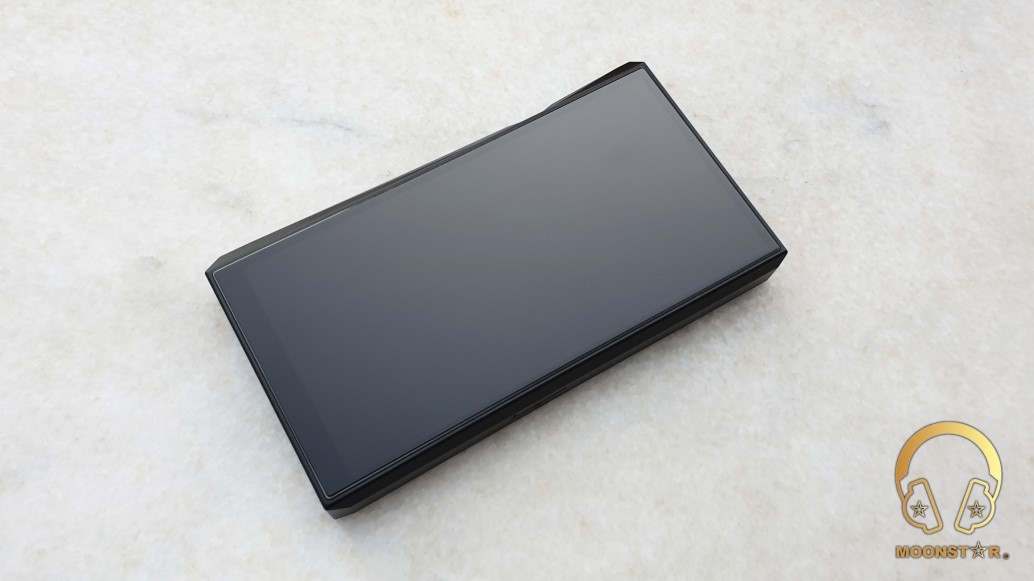
FiiO M11 Plus versus Sony WM1A (No Software Mode):
The Sony WM1A is another decent sounding Digital Audio Player that still very popular in the audiophile community especially after some thirty part software modes. It reflects Sony’s warmish and musical sound signature that is highly praised.
The WM1A has a warmer and smoother tonality and sounds in general a bit fuller compared too the M11 Plus that offers a more neutral tonality and energetic presentation towards the upper midrange region.
The subbass region of the WM1A is a tad deeper in response and shows a bit more rumble compared to the M11 Plu. The M11 Plus on the other hand stands out in terms of decay and clarity in this area, while both devices are pretty equal when it comes to the resolution. The midbass region of WM1A is slightly more highlighted and impactful, while it is missing the resolution and authority that the M11 Plus offers, when I do listen to strings like violas and bass guitars.
The midrange of the FiiO M11 Plus shows closer to neutral tonality and has a more transparent and airy presentation that shows a higher grade of dynamism towards the upper midrange register. The lower midrange of the Sony WM1A shows slightly more depth and body than those of the FiiO M11 Plus, which gives it the slightly edge when I do listen to male voices and instruments like trumpets, acoustic guitars or cellos. When it comes to the upper midrange, I can say that the M11 Plus is the DAP with the better level of dynamism, clarity and resolution, which was especially audible when I have listen to both female voices and instruments such like a piano, mandolin or side flute.
The treble range of both of devices shows an efficient level of clarity and resolution, while the FiiO M11 Plus has stands out in terms of overall airiness, extension and authority in this area especially when I do listen to soprano voices or to treble intensive instruments like cymbals, hi-hats or snare drums.
The soundstage of both devices is suitable for a precise placement and separation of instruments and vocals. The main difference is that the soundstage of the FiiO M11 Plus is slightly wider and a bit more airy compared to those of the Sony WM1A, while both are pretty similar in terms of soundstage depth.
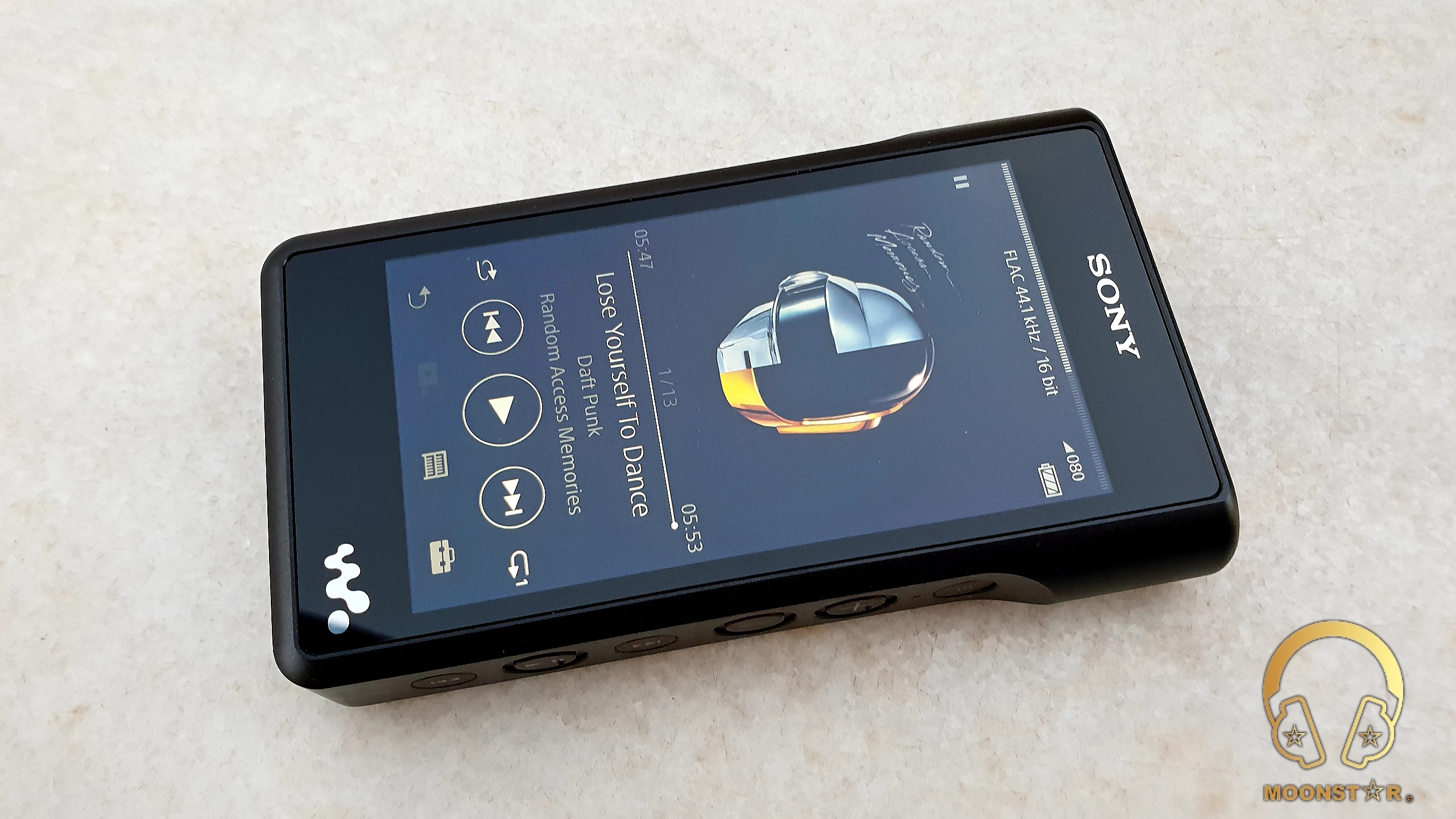
Conclusion:
The M11 Plus is definitely an upgrade over the highly successful M11 Pro that offers many improvements in terms of sound, software and hardware specs. What I really like about the sound of the M11 Plus is its versatile character that shows a decent sense of transparency, resolution and dynamics from the lows to up to the highs. Moreover, it has a very stylish industrial design and high build quality, while it offers tons of impressive features, such like a Dual ES9068AS DAC, a fast Snapdragon 660 Octa-Core SoC, a powerful THX AAA-78 Amp Module, an Intelligent Volume System, a gorgeous looking 5.5” bezel-less touch screen and almost any type of digital and analog in- & outputs, which should be in a modern device at this level.
Pros and Cons:
- + Versatile Sound Character with decent level of Resolution & Dynamics
- + Natural Bass Response
- + Transparent & Detailed Midrange Tuning
- + Powerful & Very Clean Output
- + Almost any Type of Analog & Digital in- & outputs (4.4mm/2.5mm Balanced, Coaxial, BT)
- + Decent Hardware Specs (SD 660 CPU, THX-AAA-78 Module, ES9068AS*2 DAC, etc.)
- + Build Quality, Display, Design
- + Intelligent Volume System
- + Good Battery Life
- + Premium Leather Case
- + Price to Performance Ratio
- – Larger in size compared to the M11/M11 Pro
- – Heavier than the M11/M11 Pro
- – Only One Micro SD card slot
Thank you for the Read!

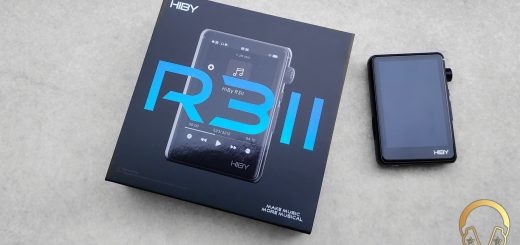
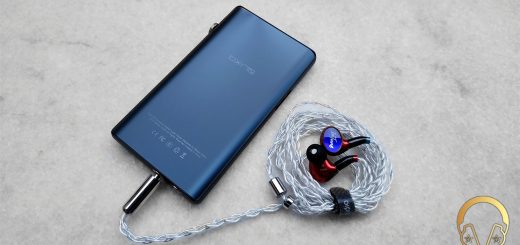









Önce incelemeni okudum.Cümlelerin arasında kullandığın kelimeleri çok beğeniyorum..Fioo yetkilisi olsam valla bende MOON STARR’I öveerdim.
How do you open the card slot. I’ve pushed. Pushed with tool. Put tool in hole. It doesnt open
The same way you open a mobile phone. You may have to push a bit stronger.